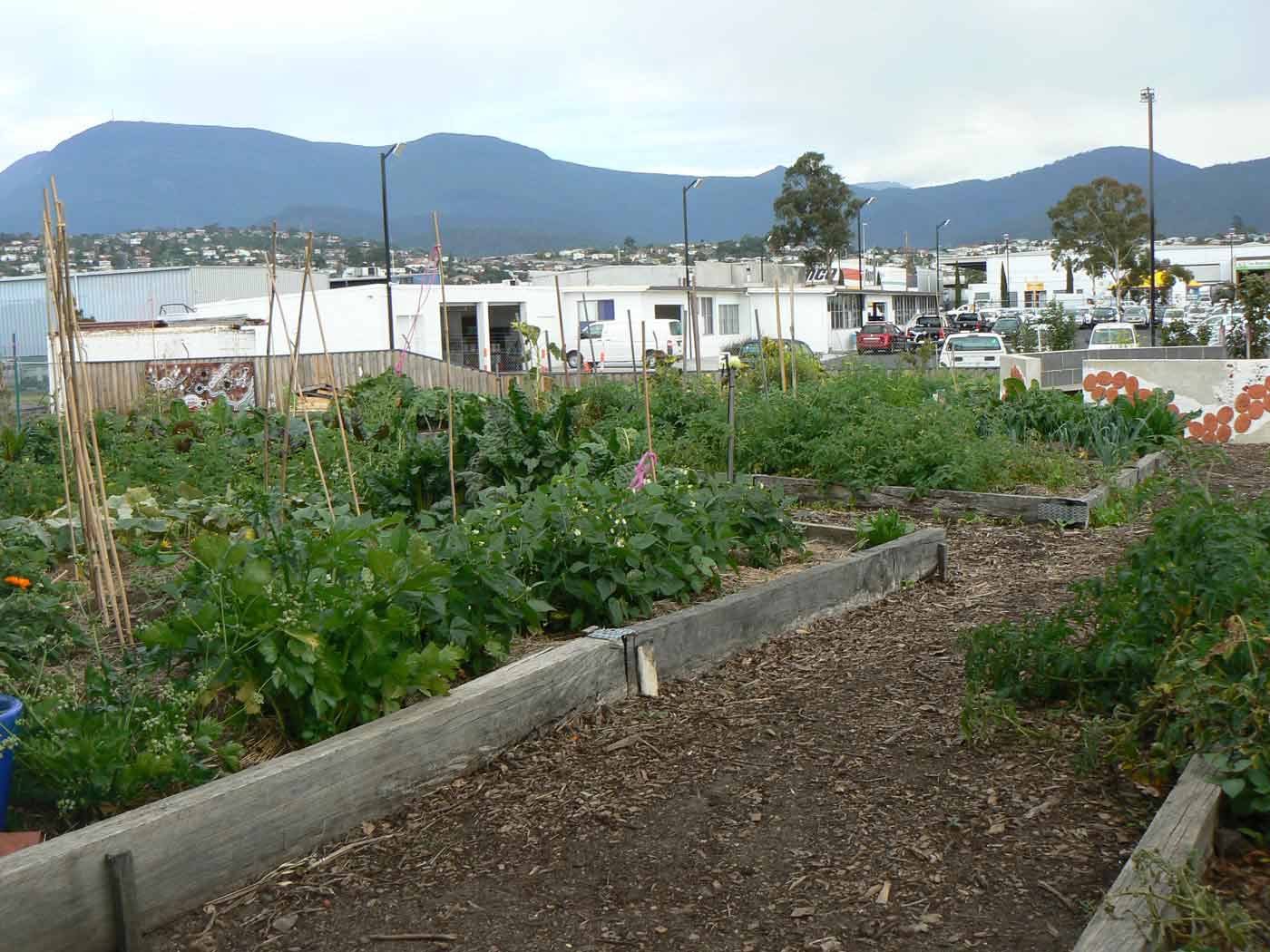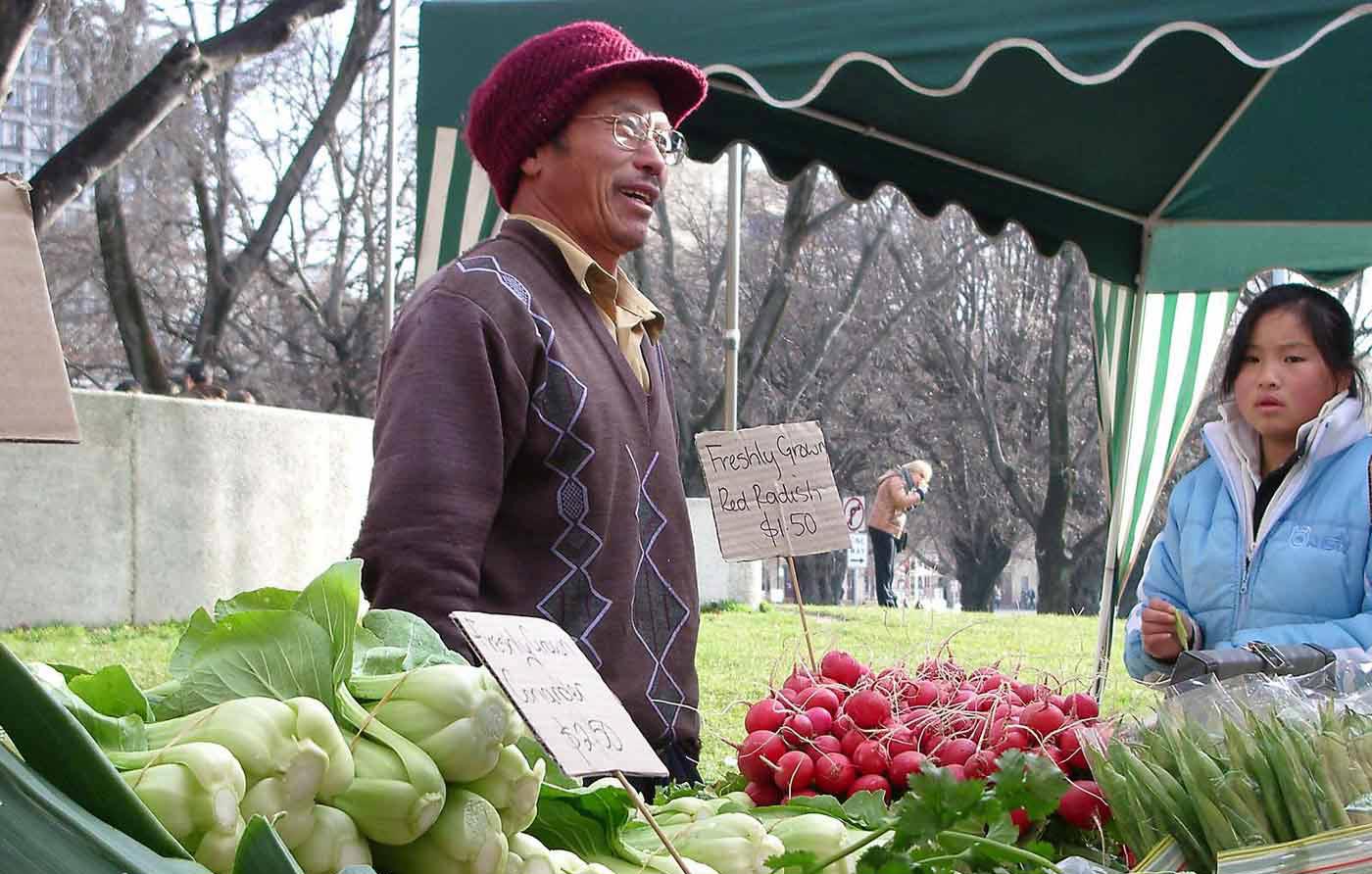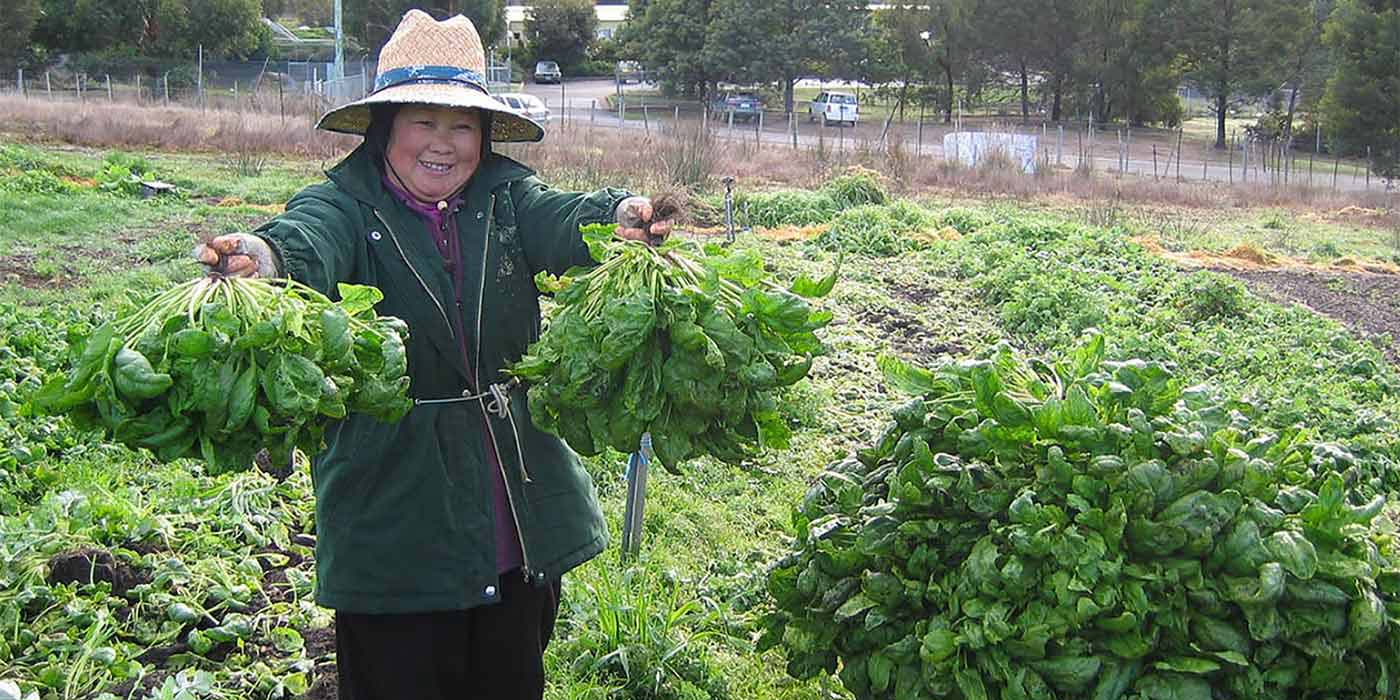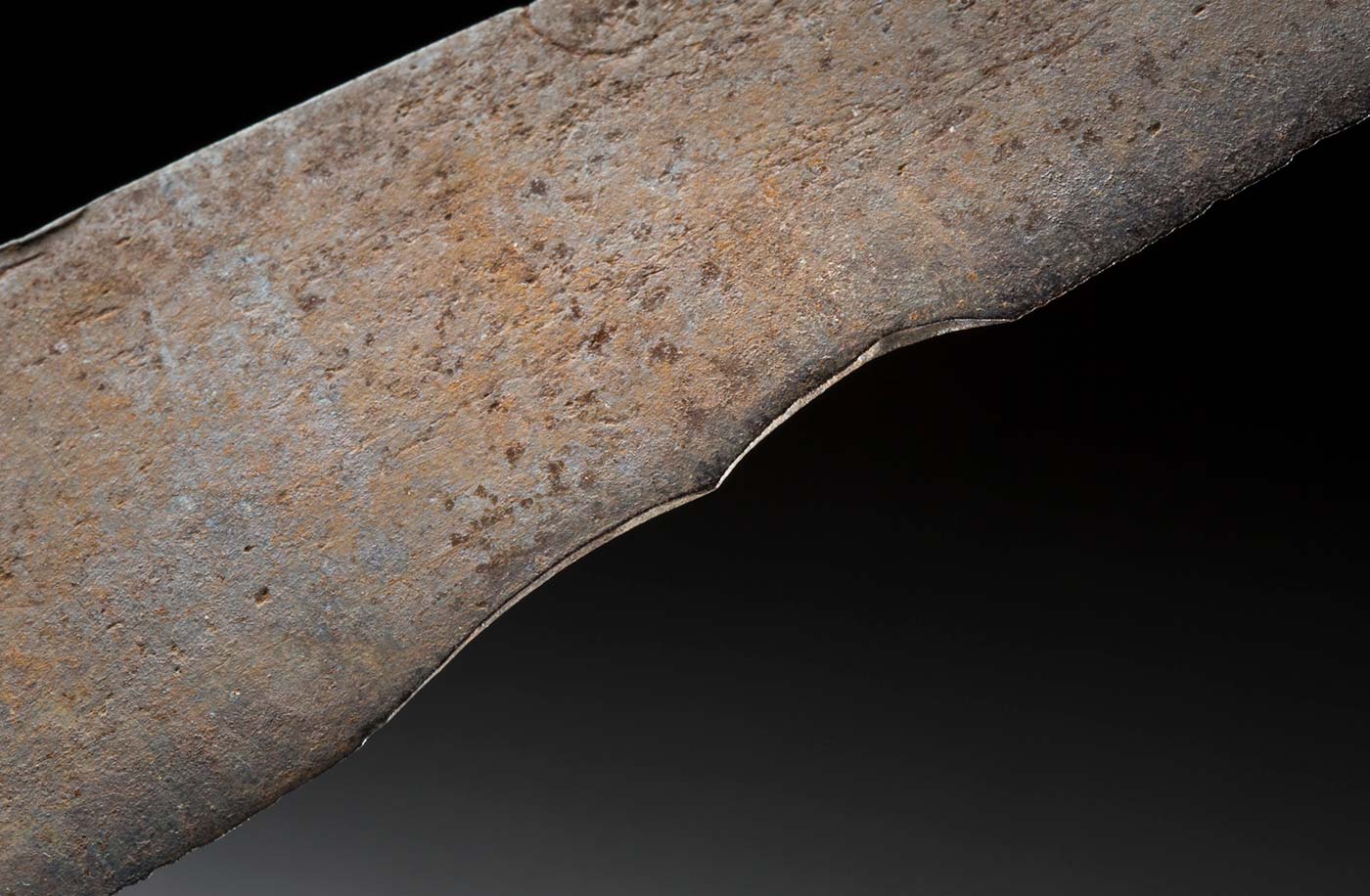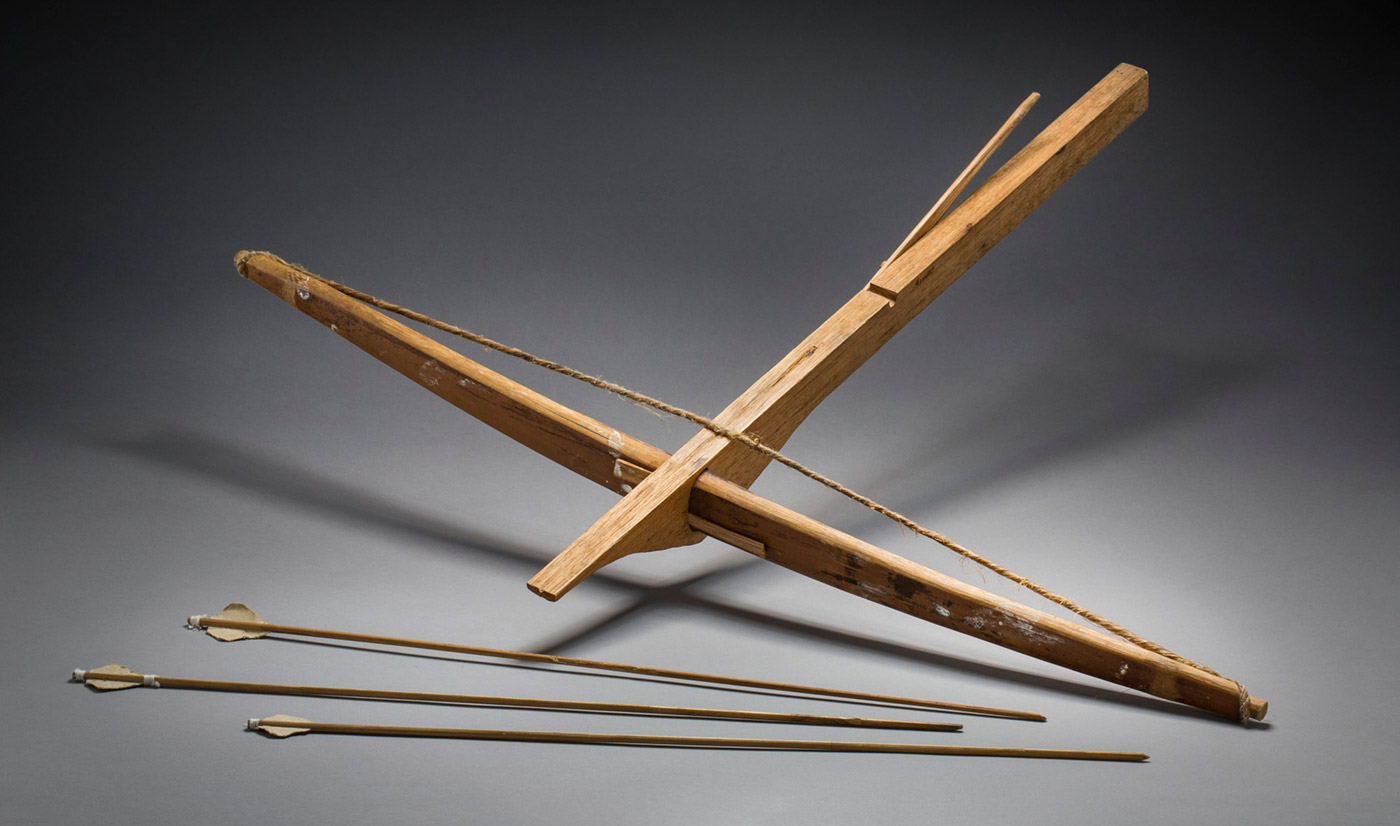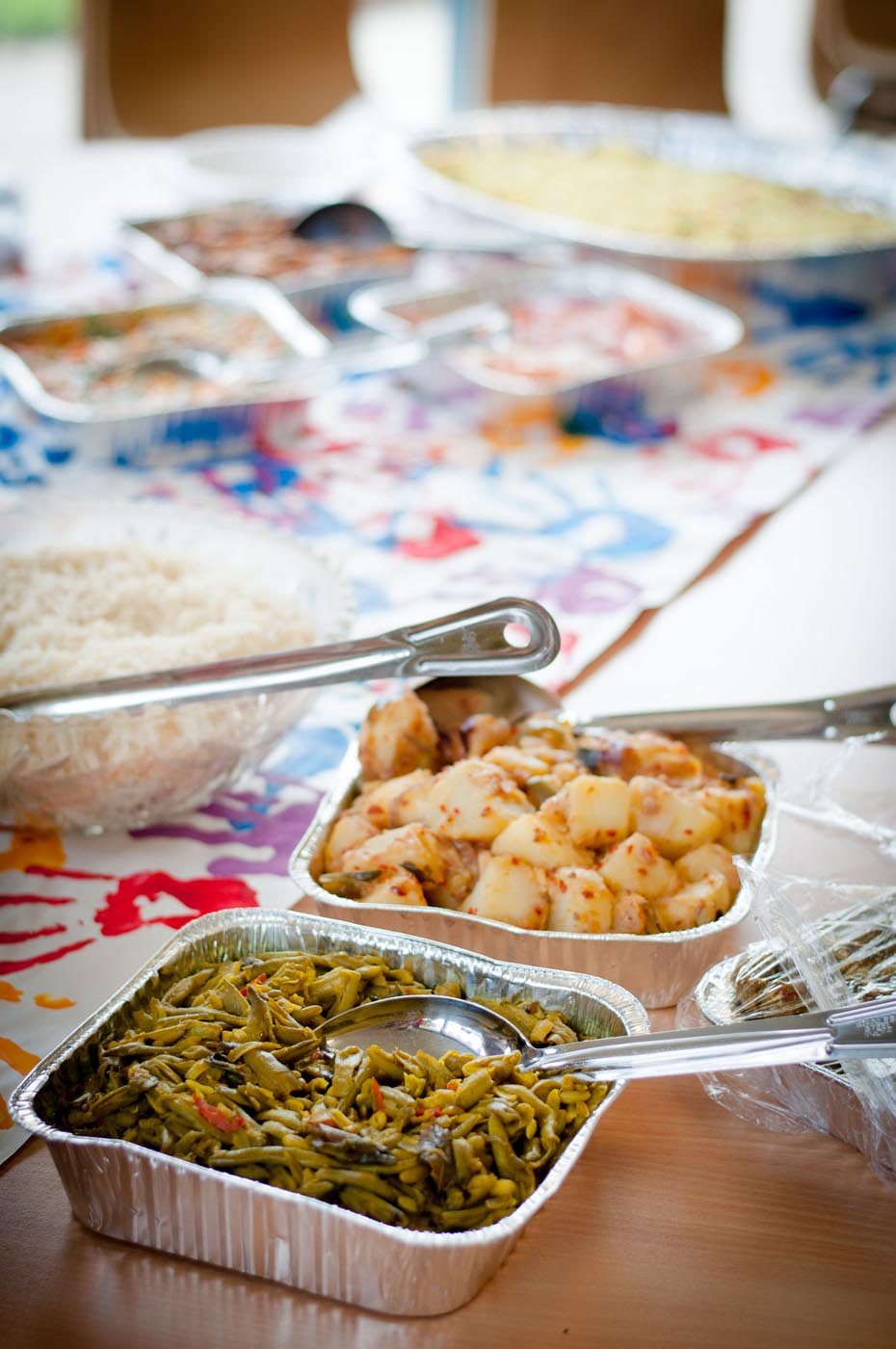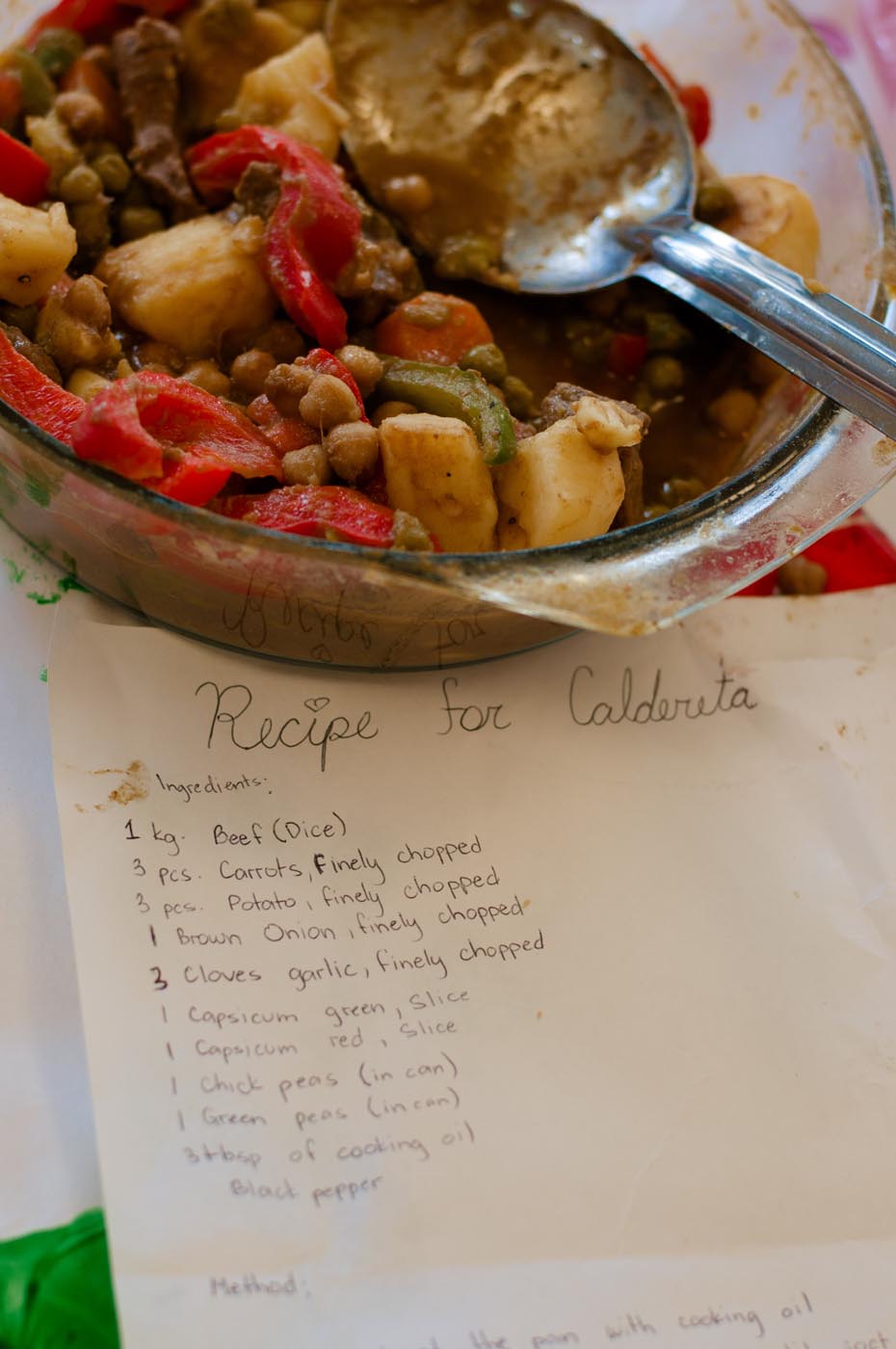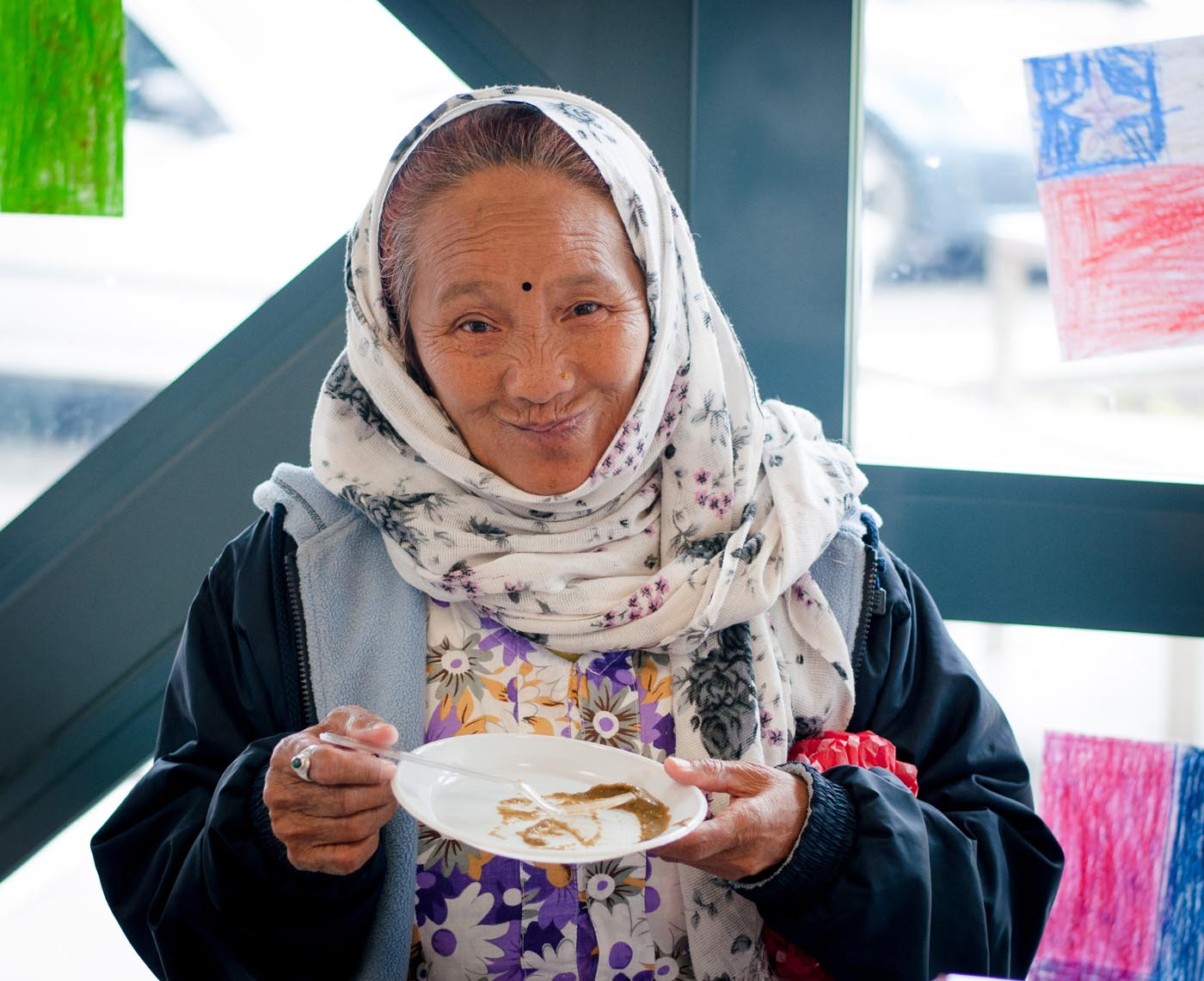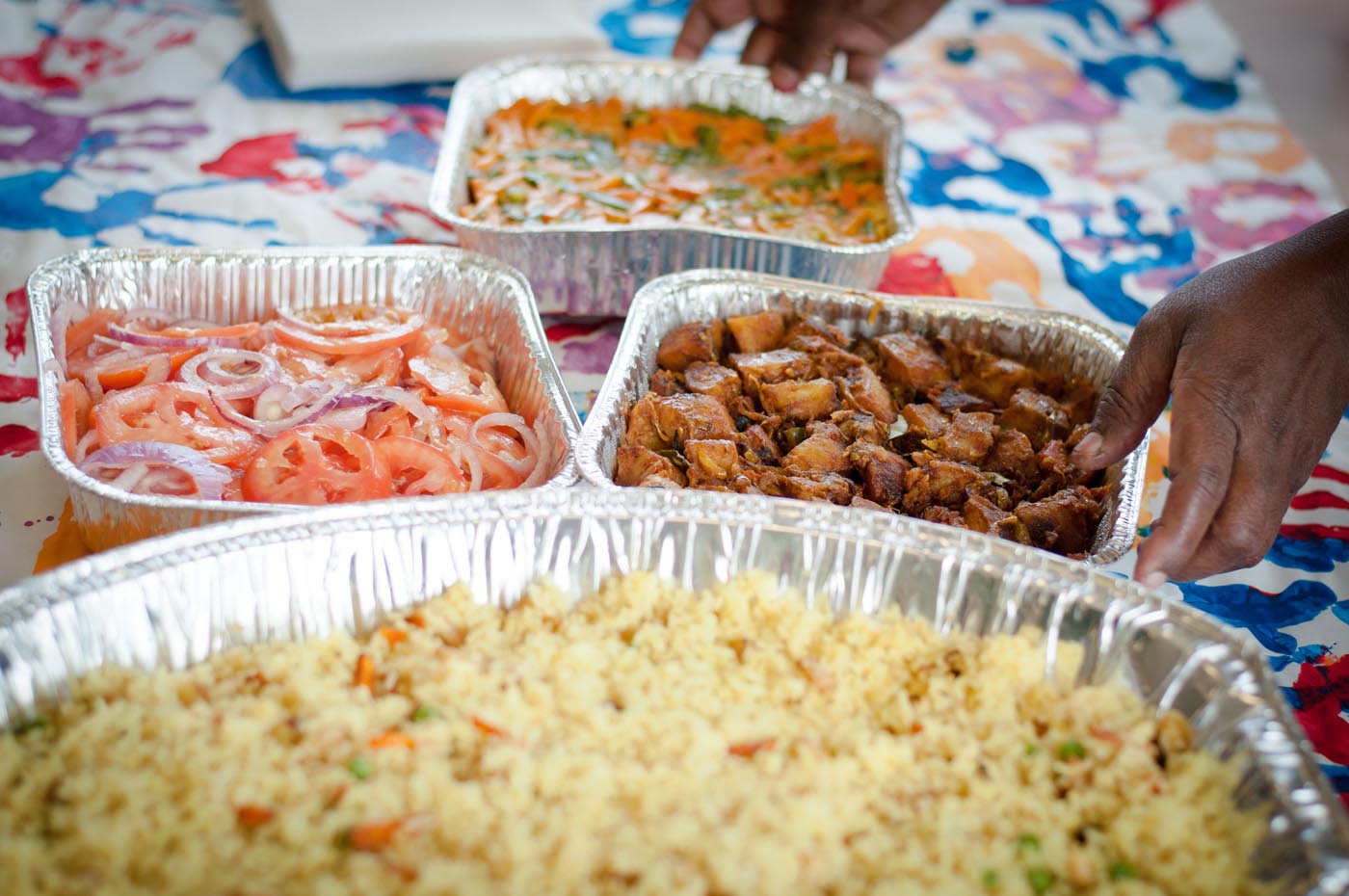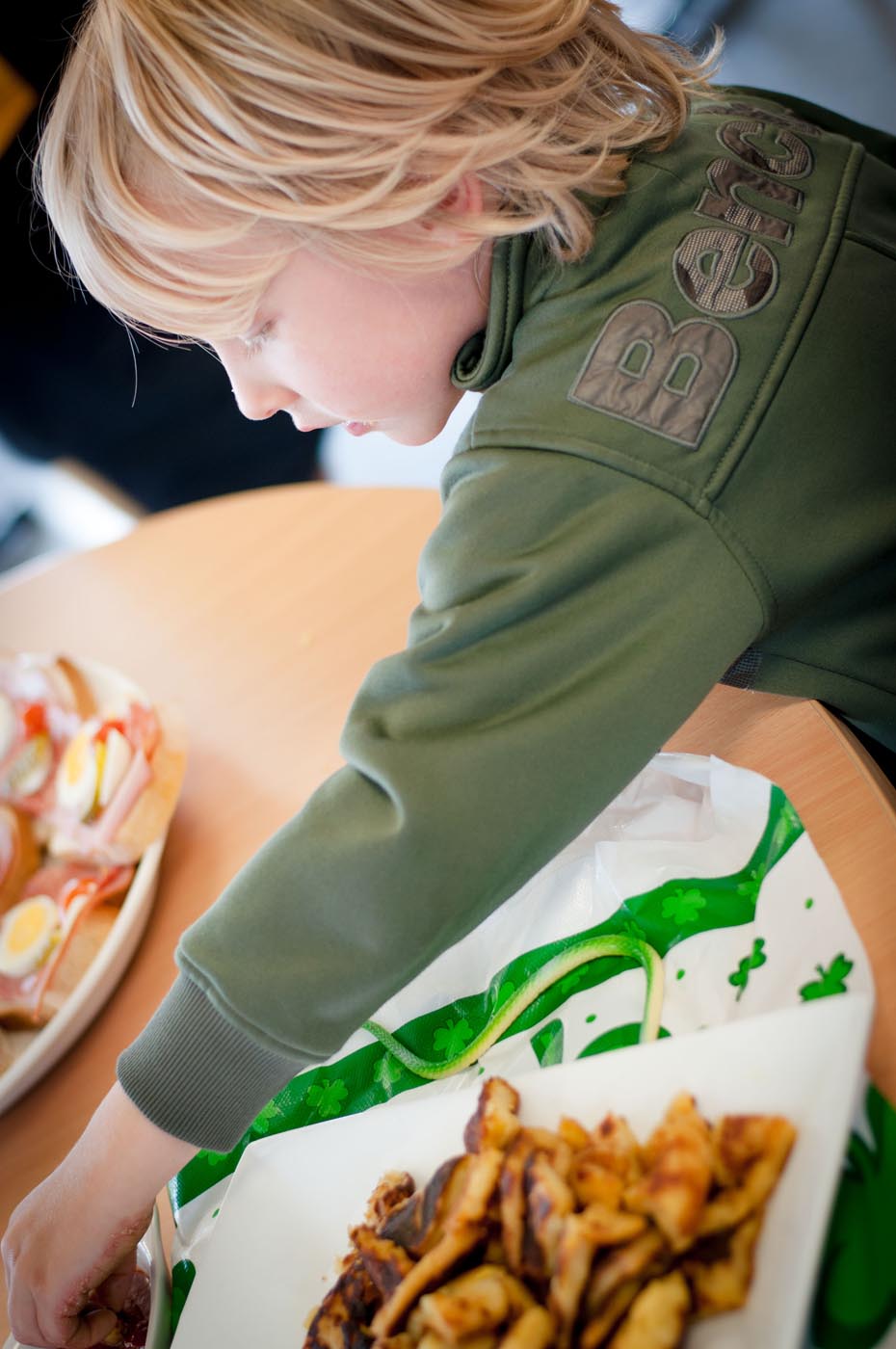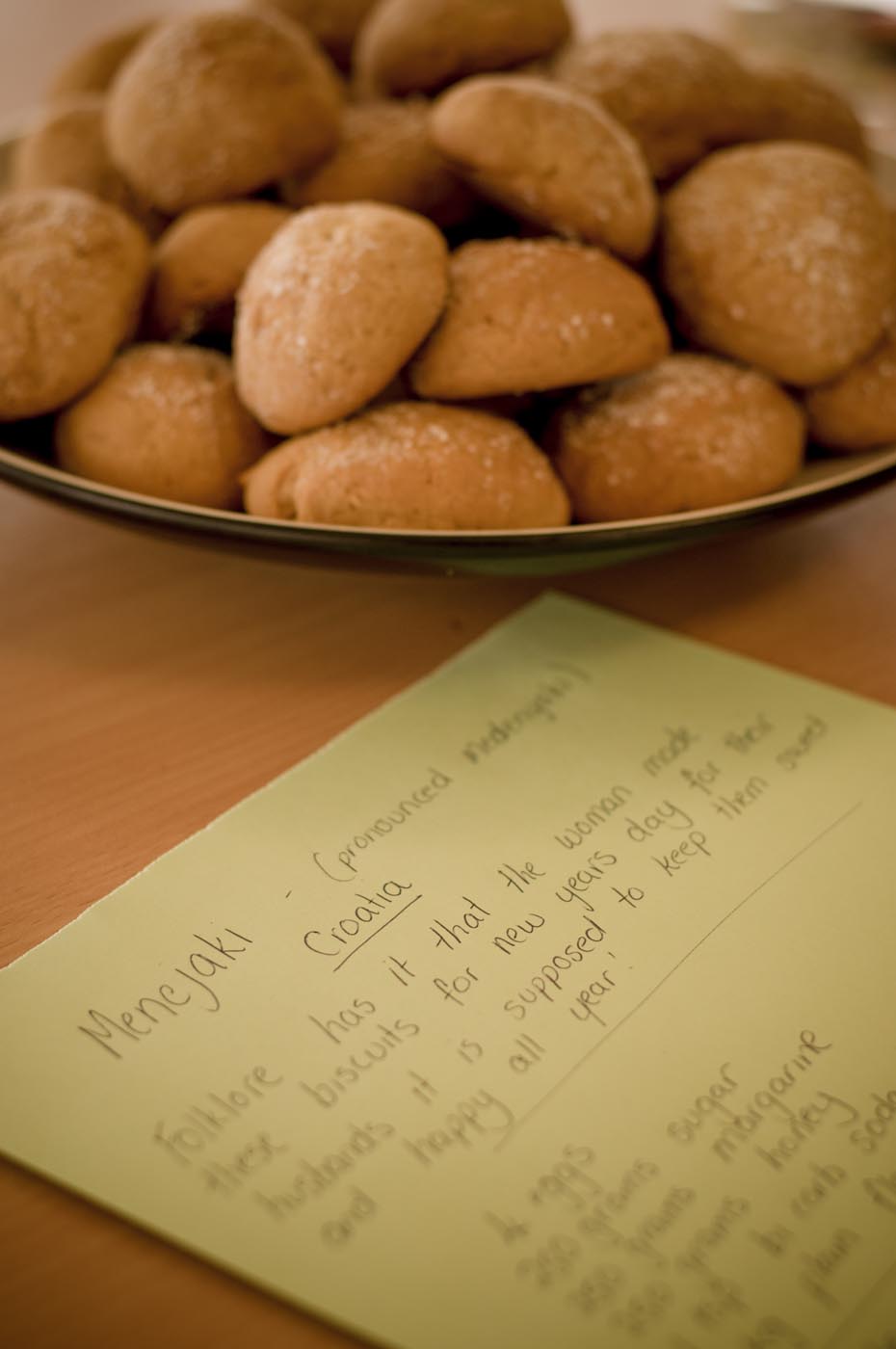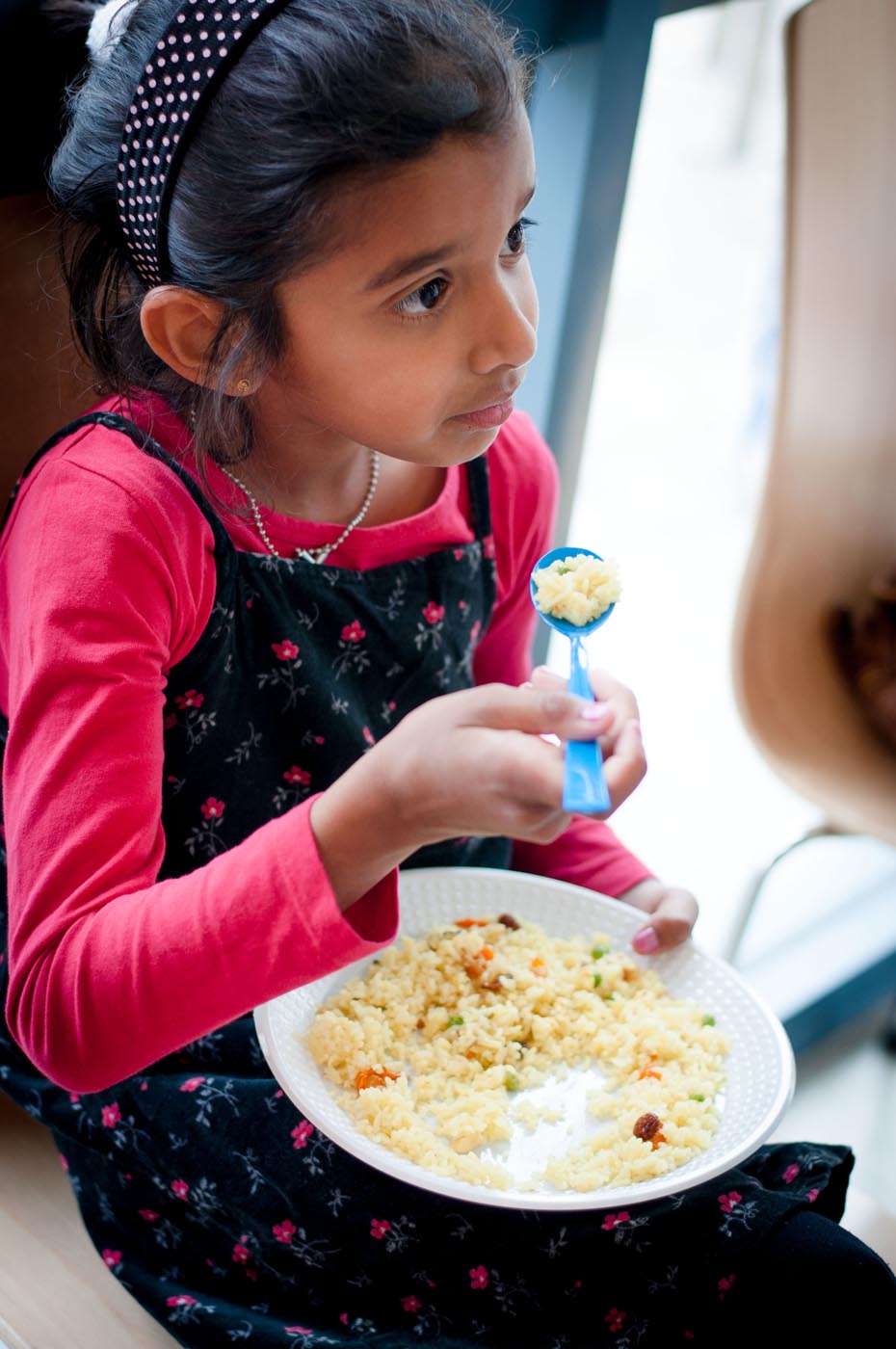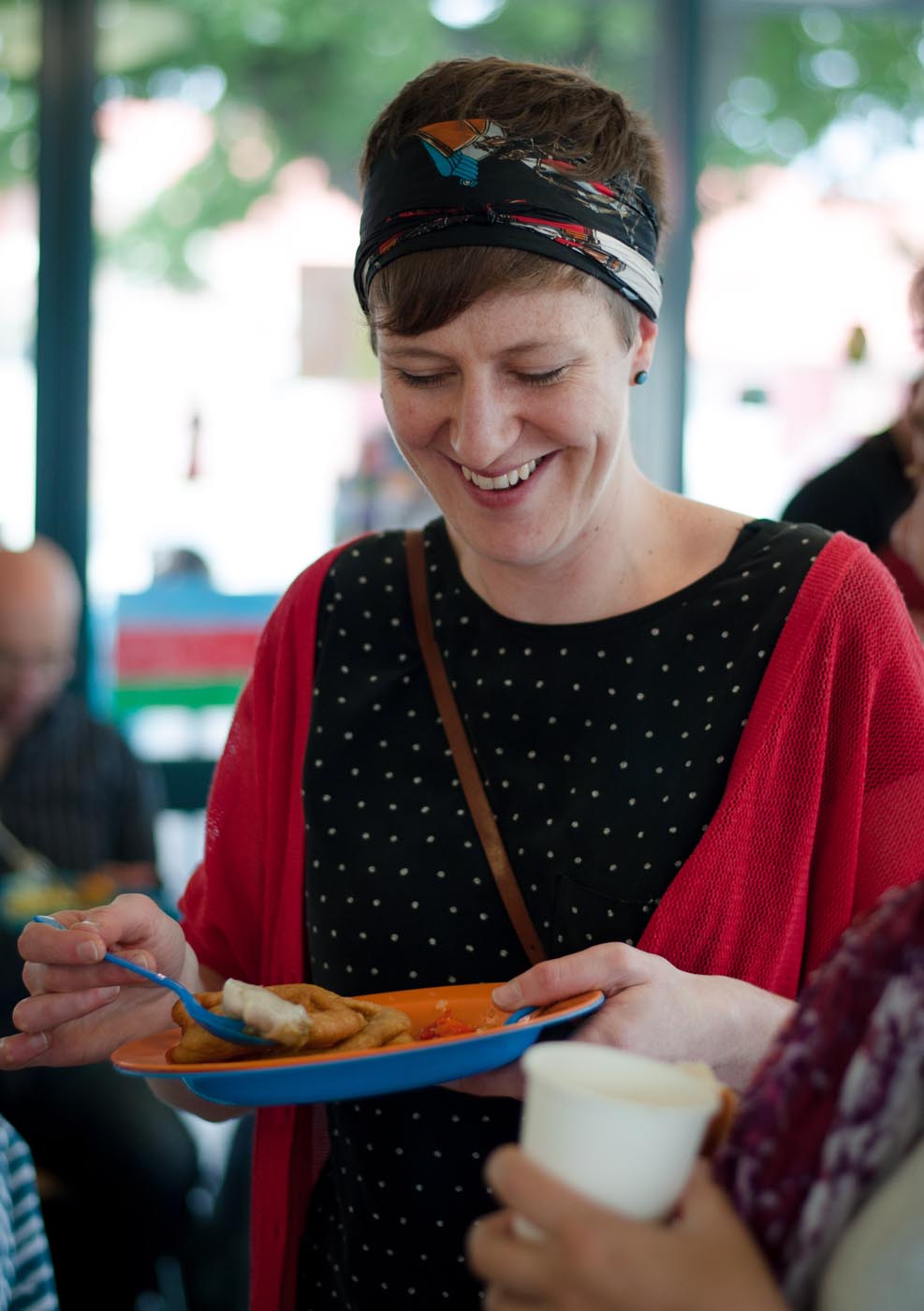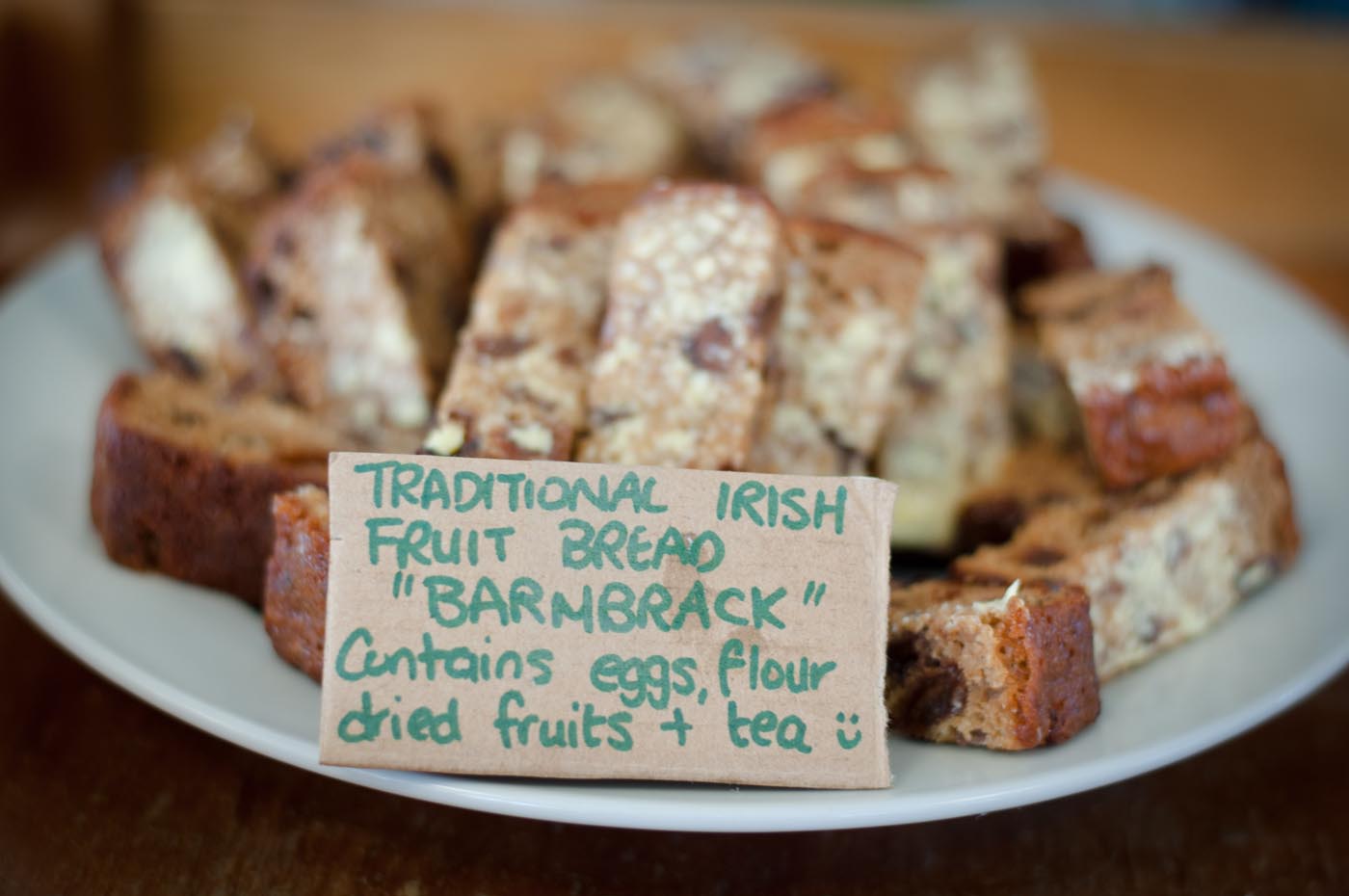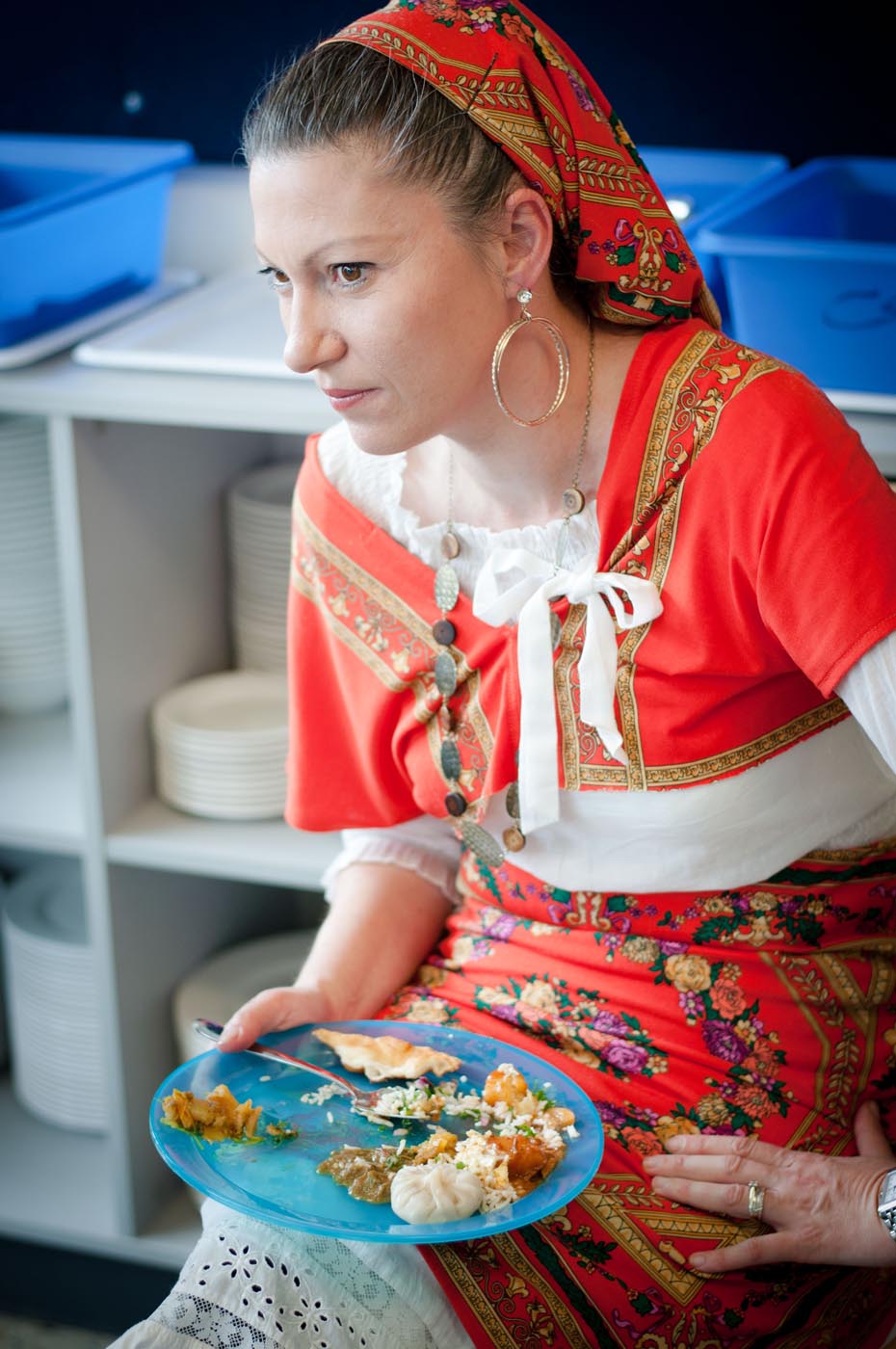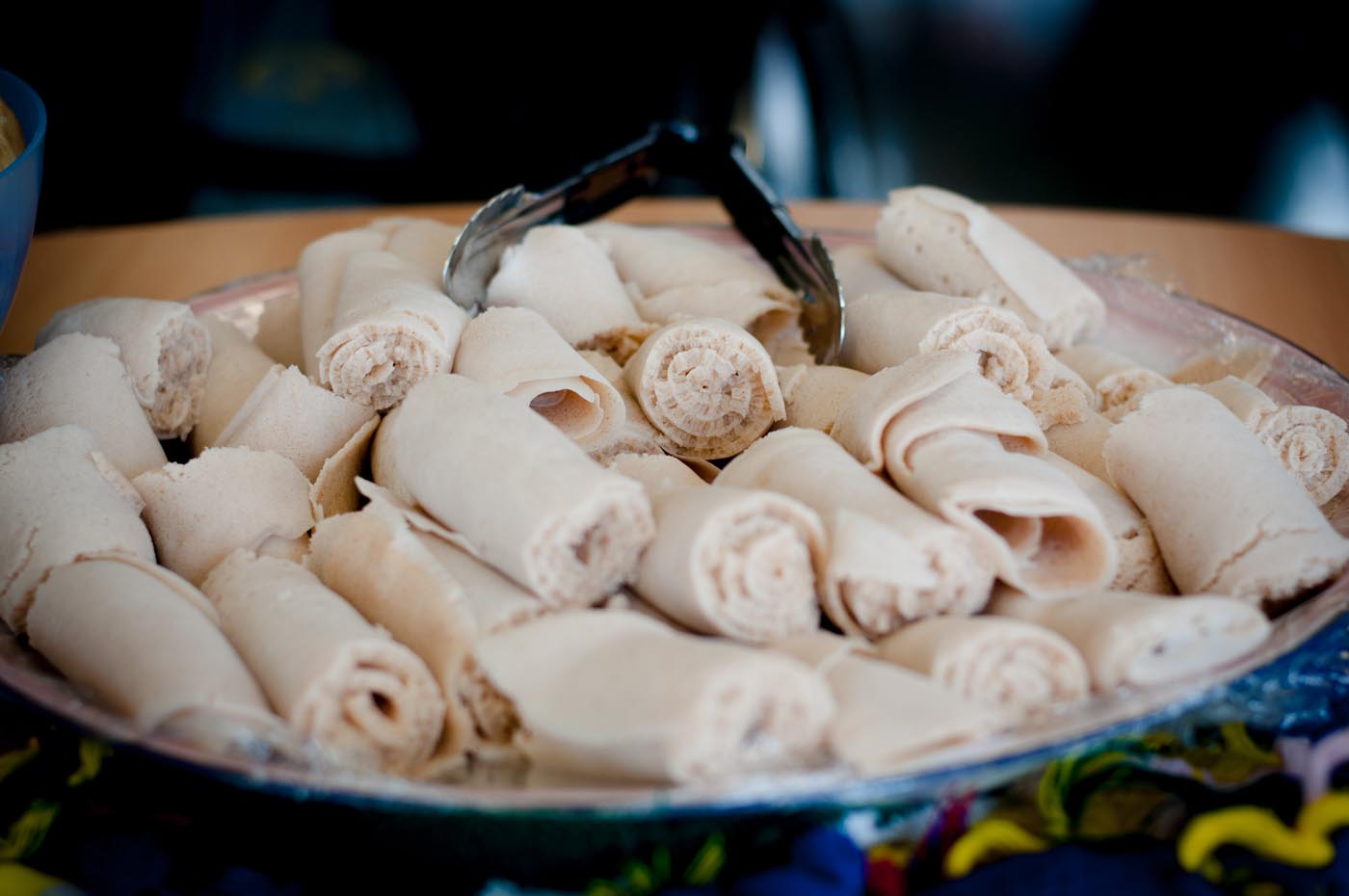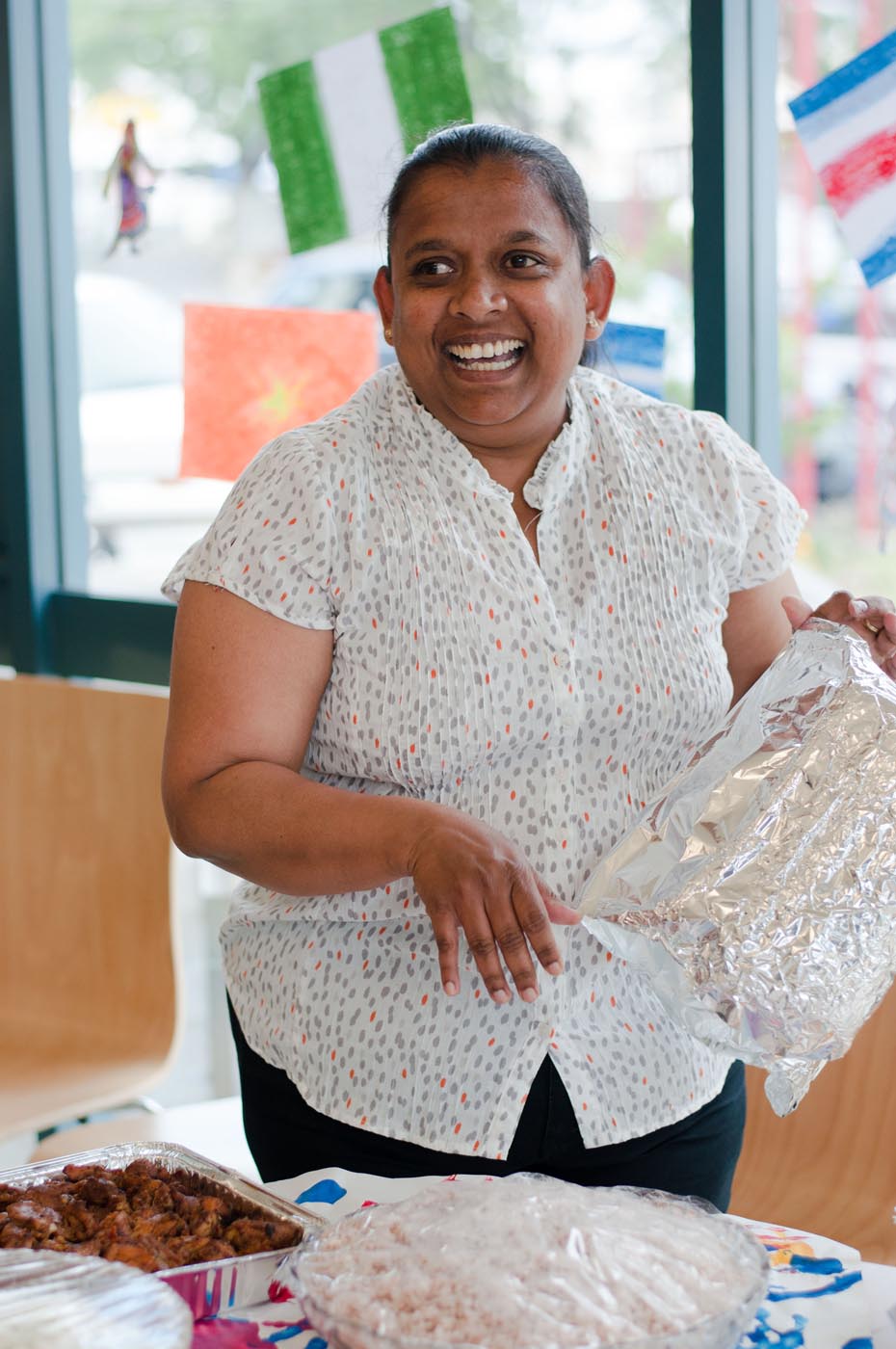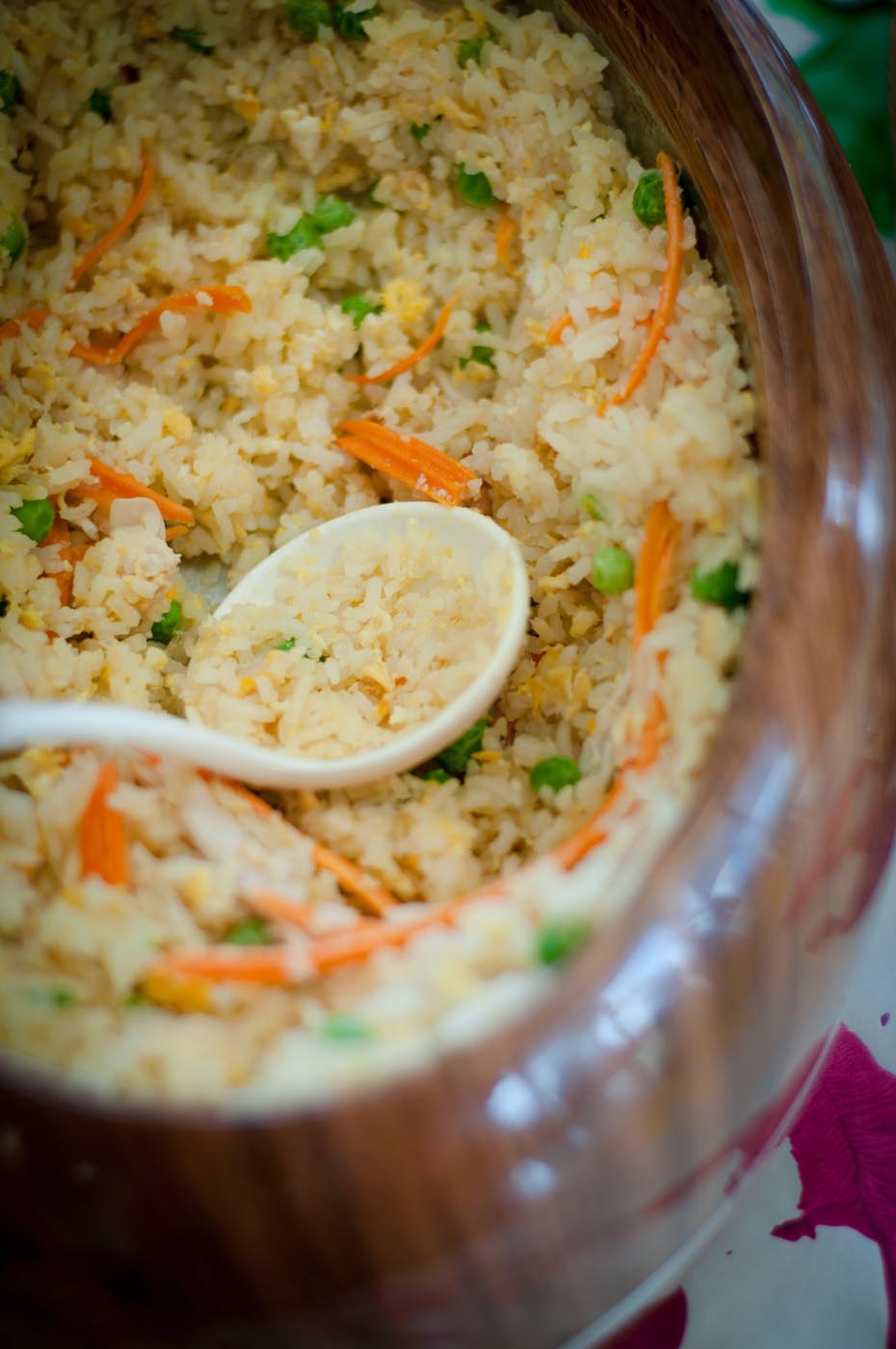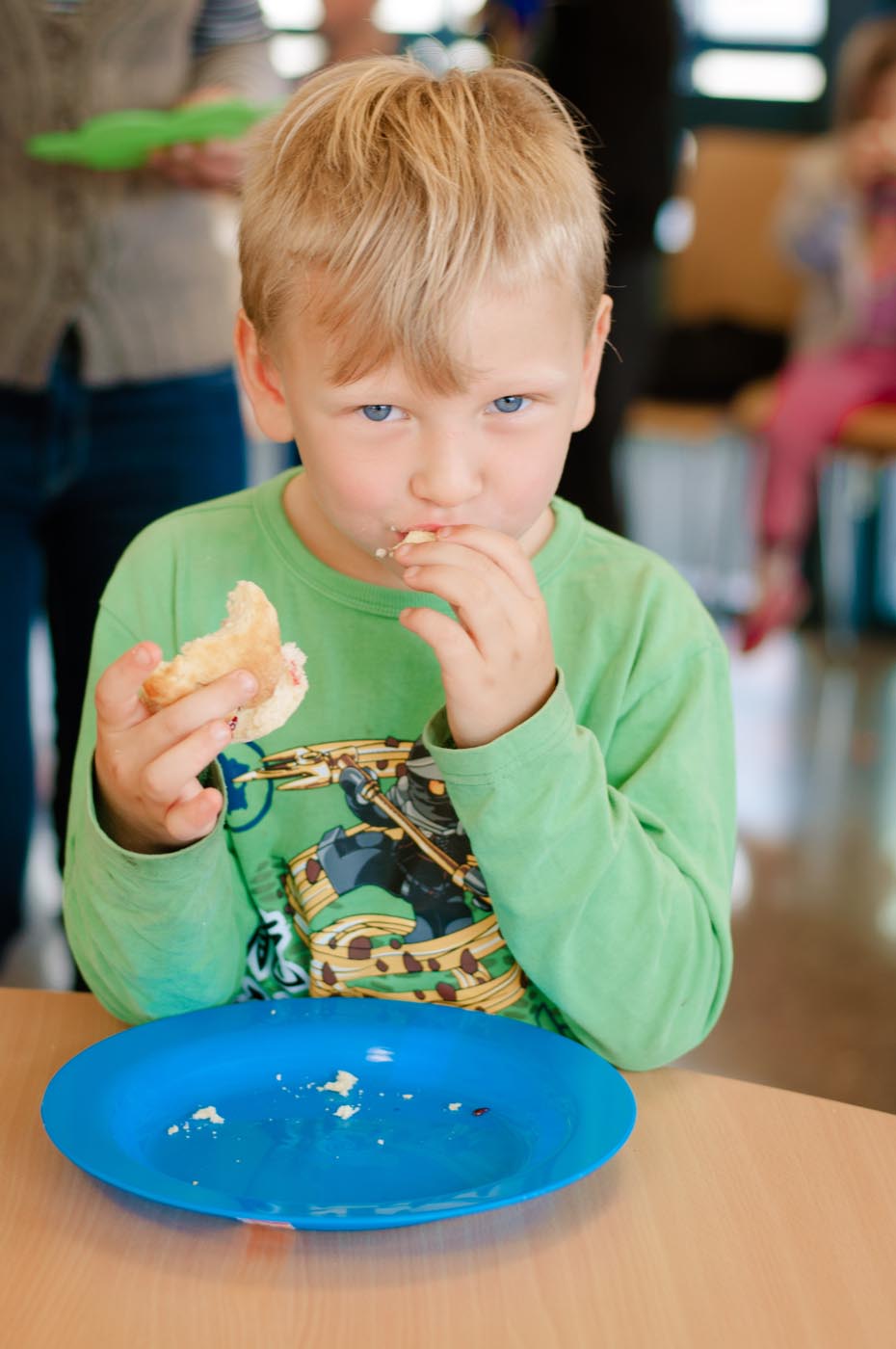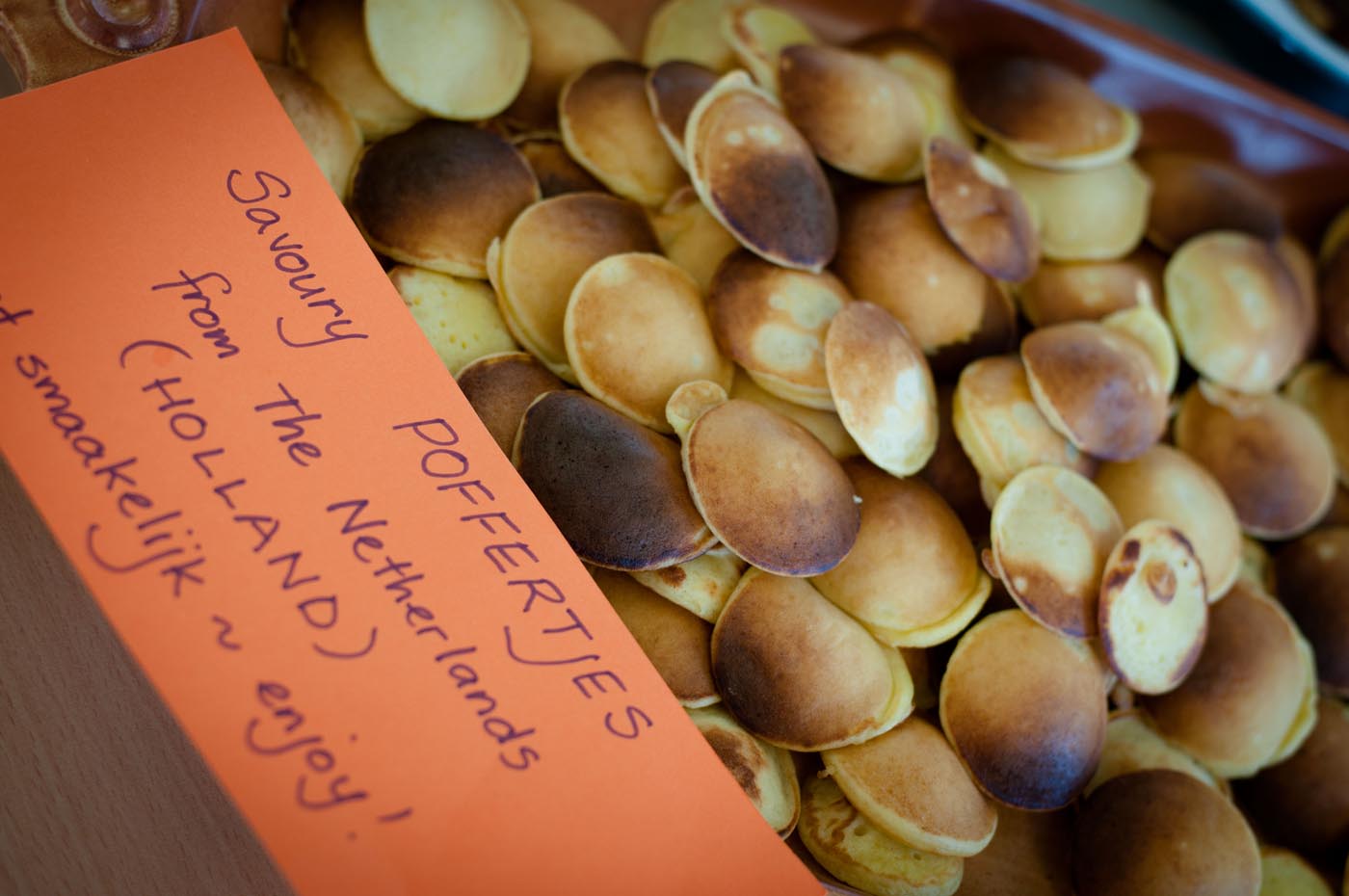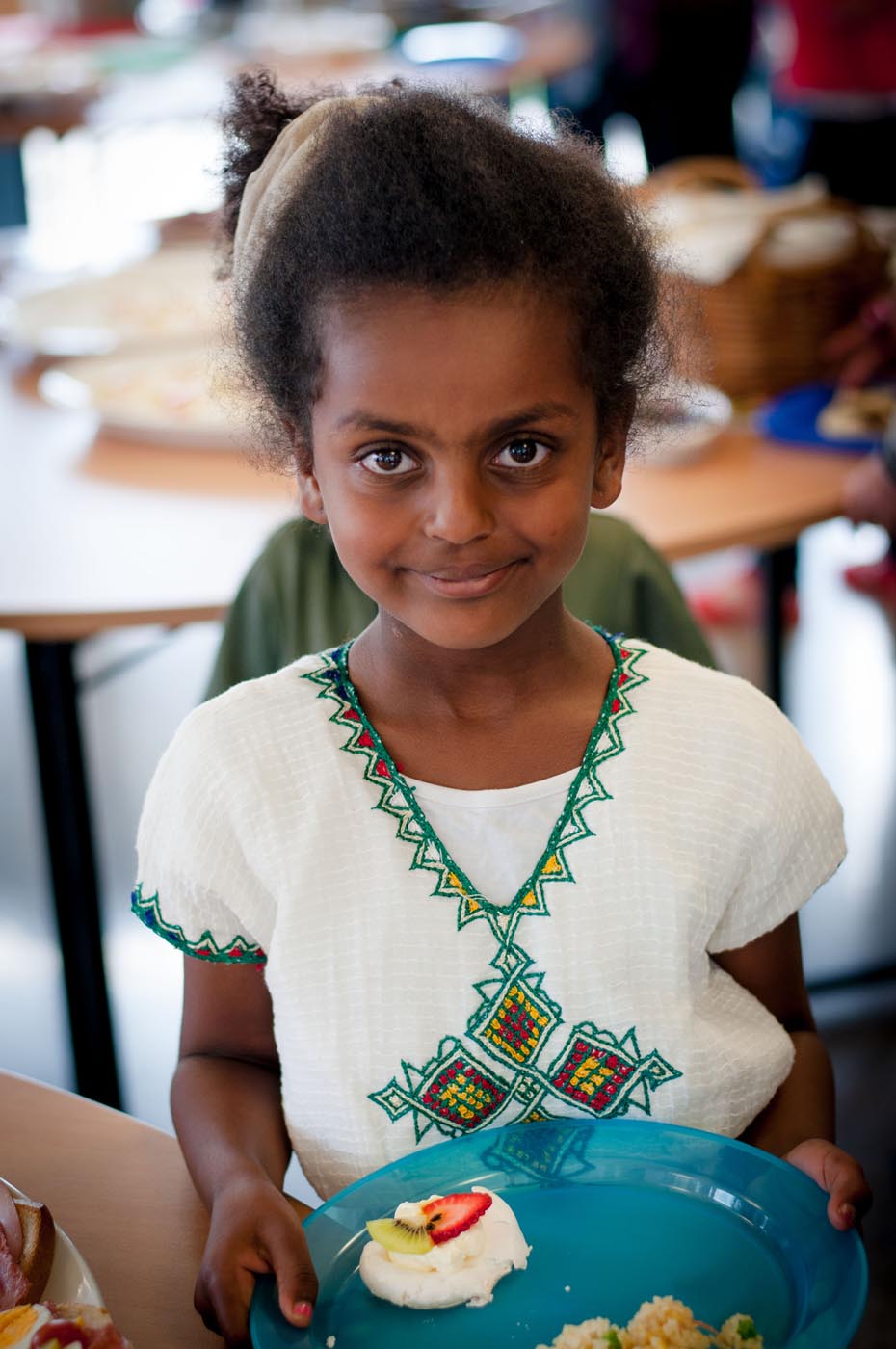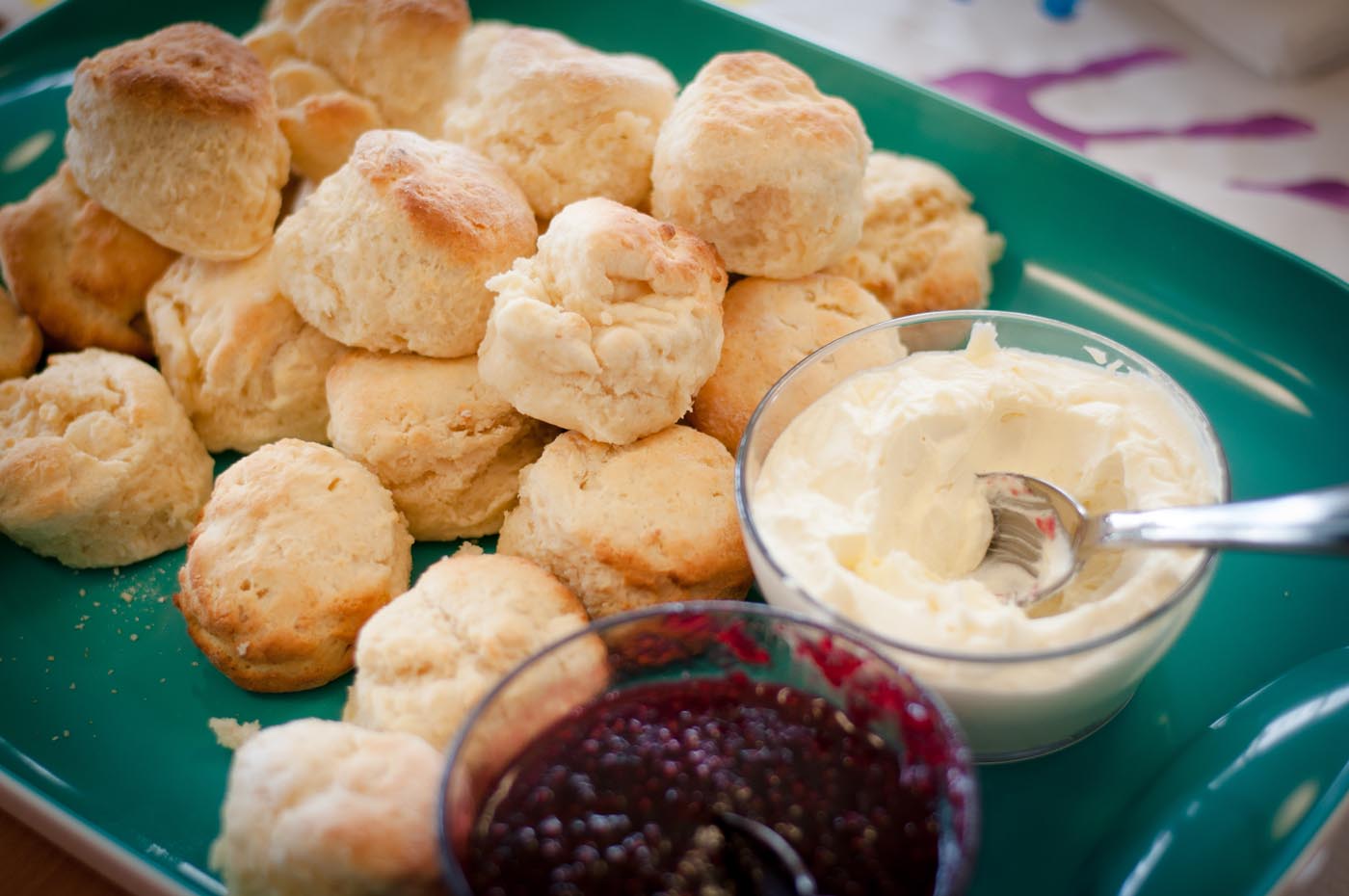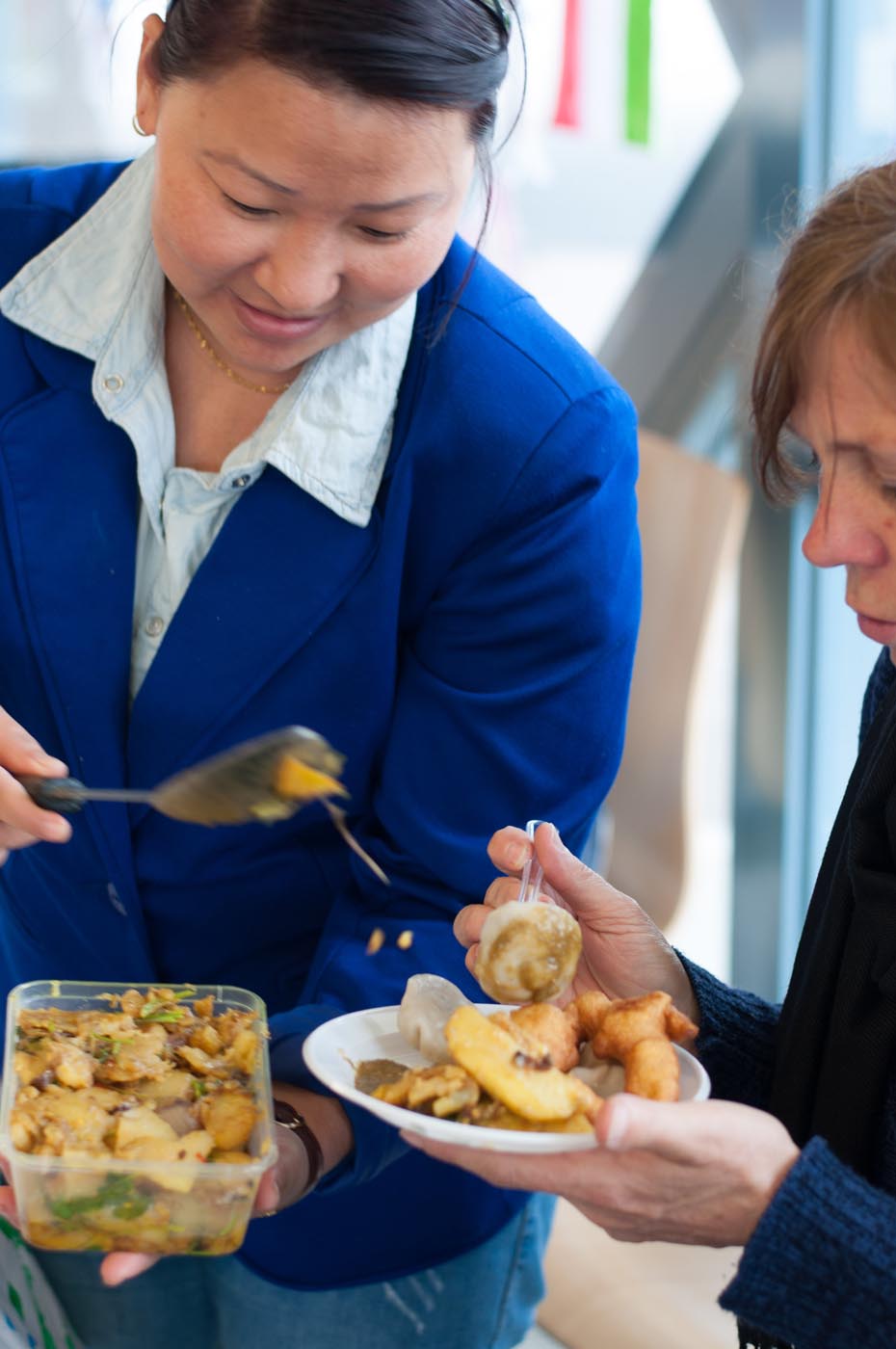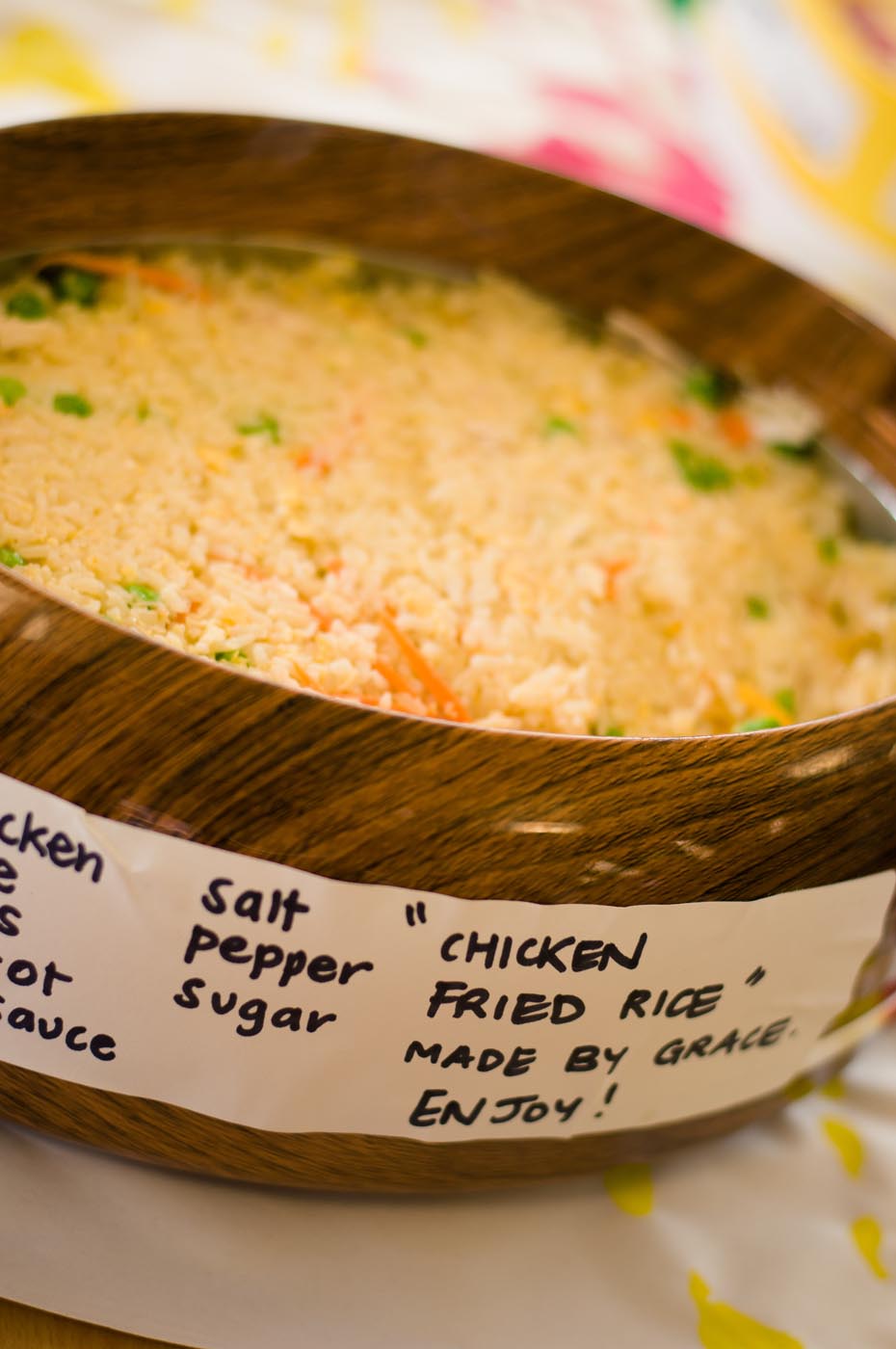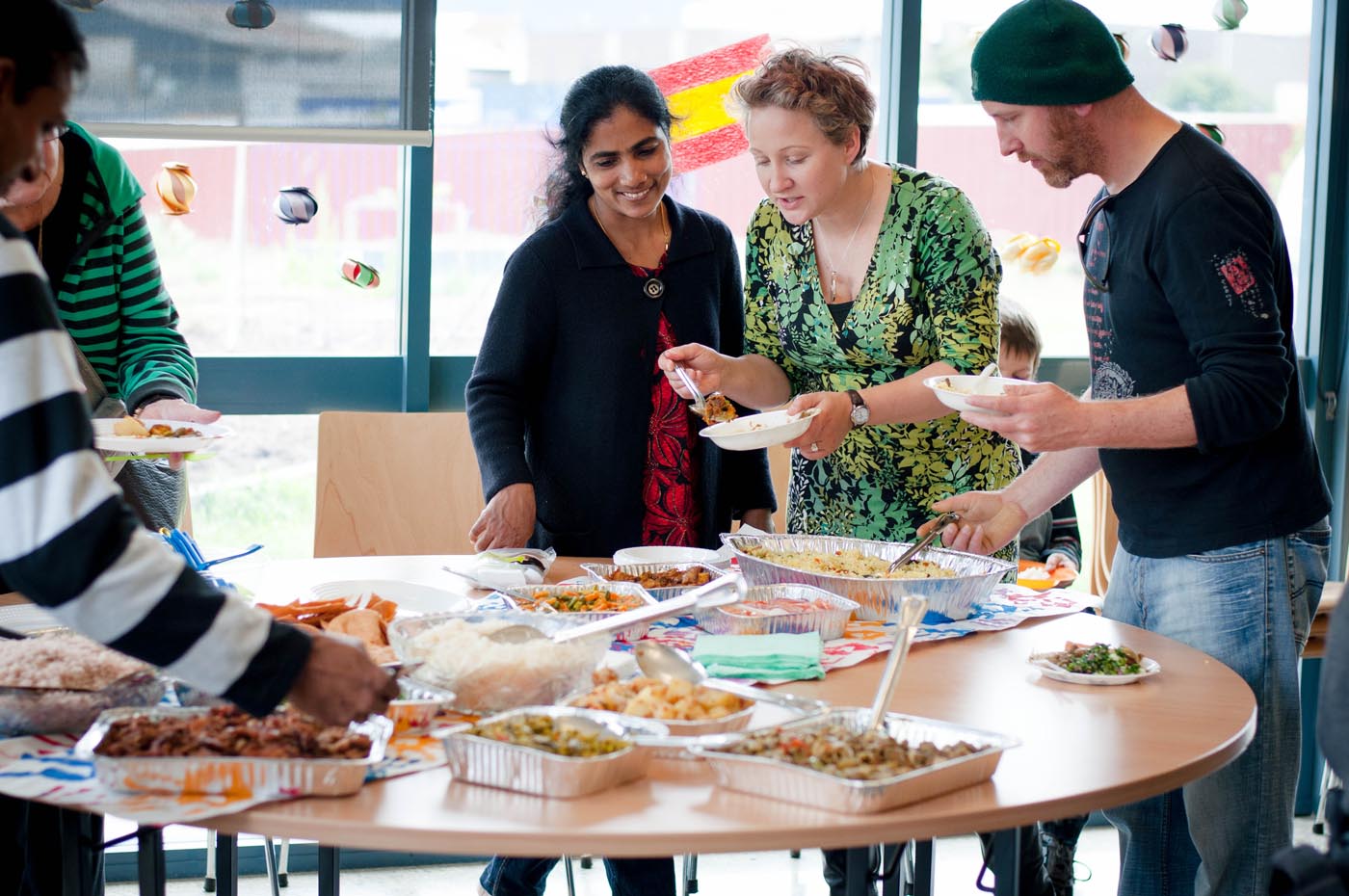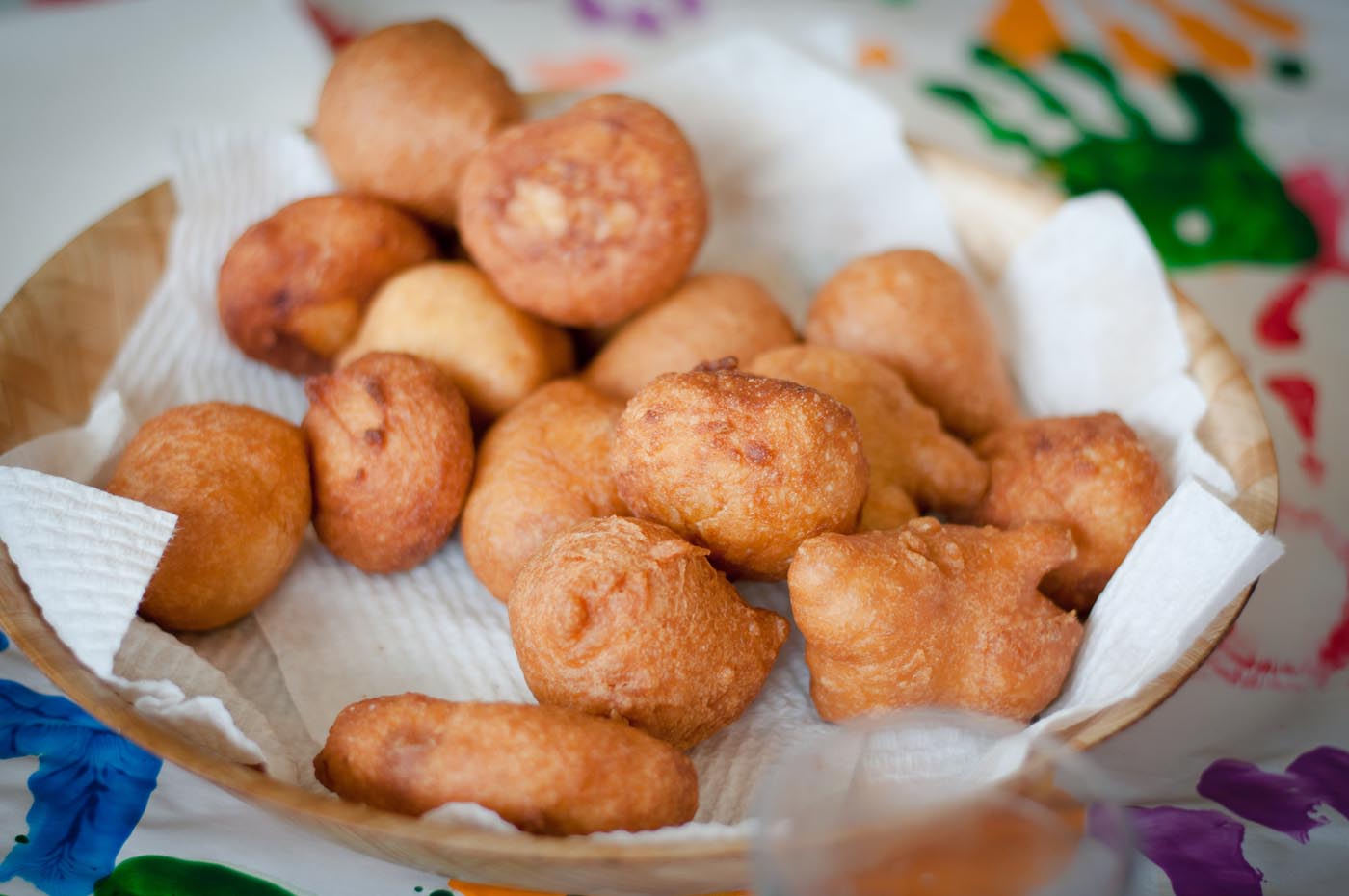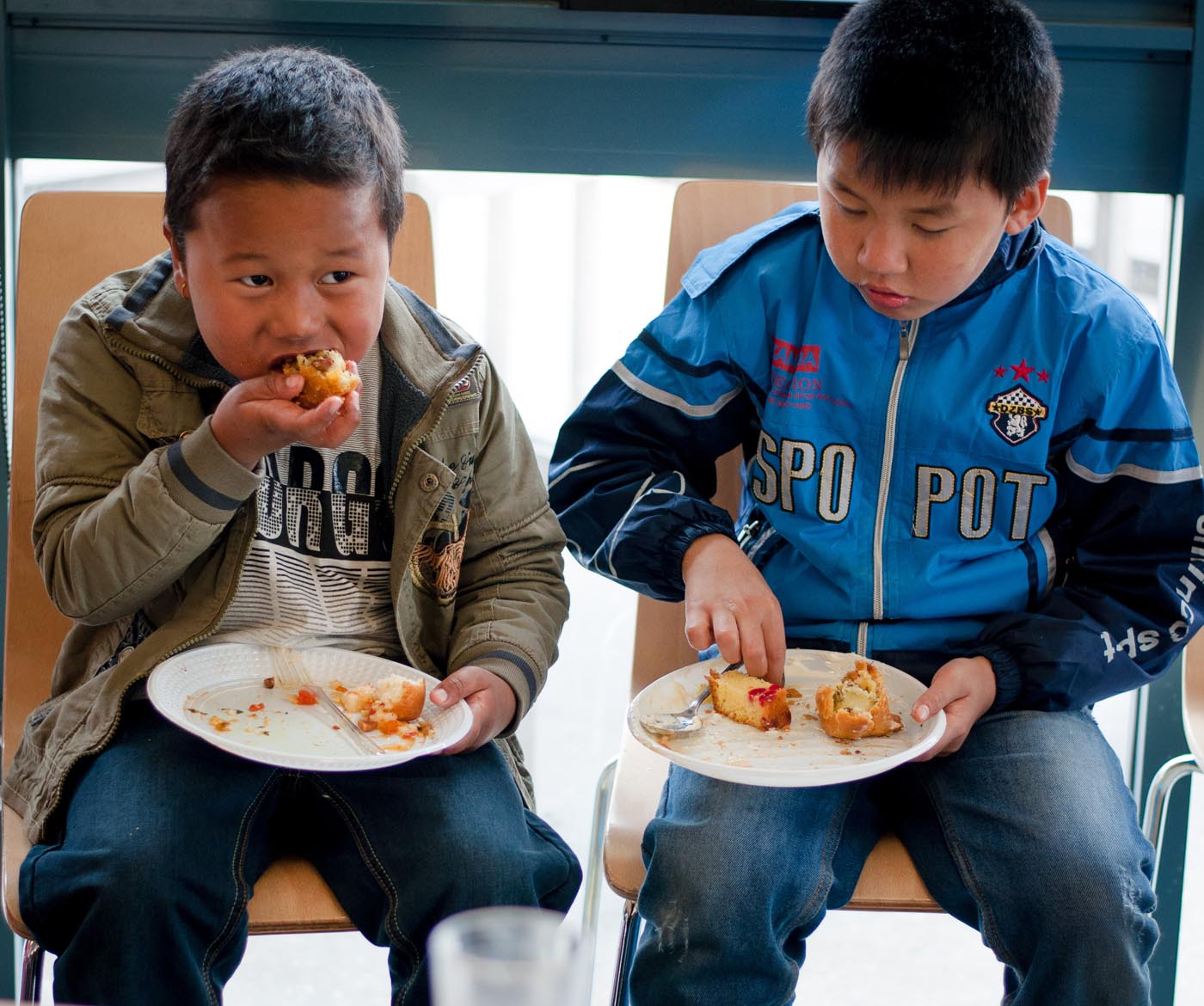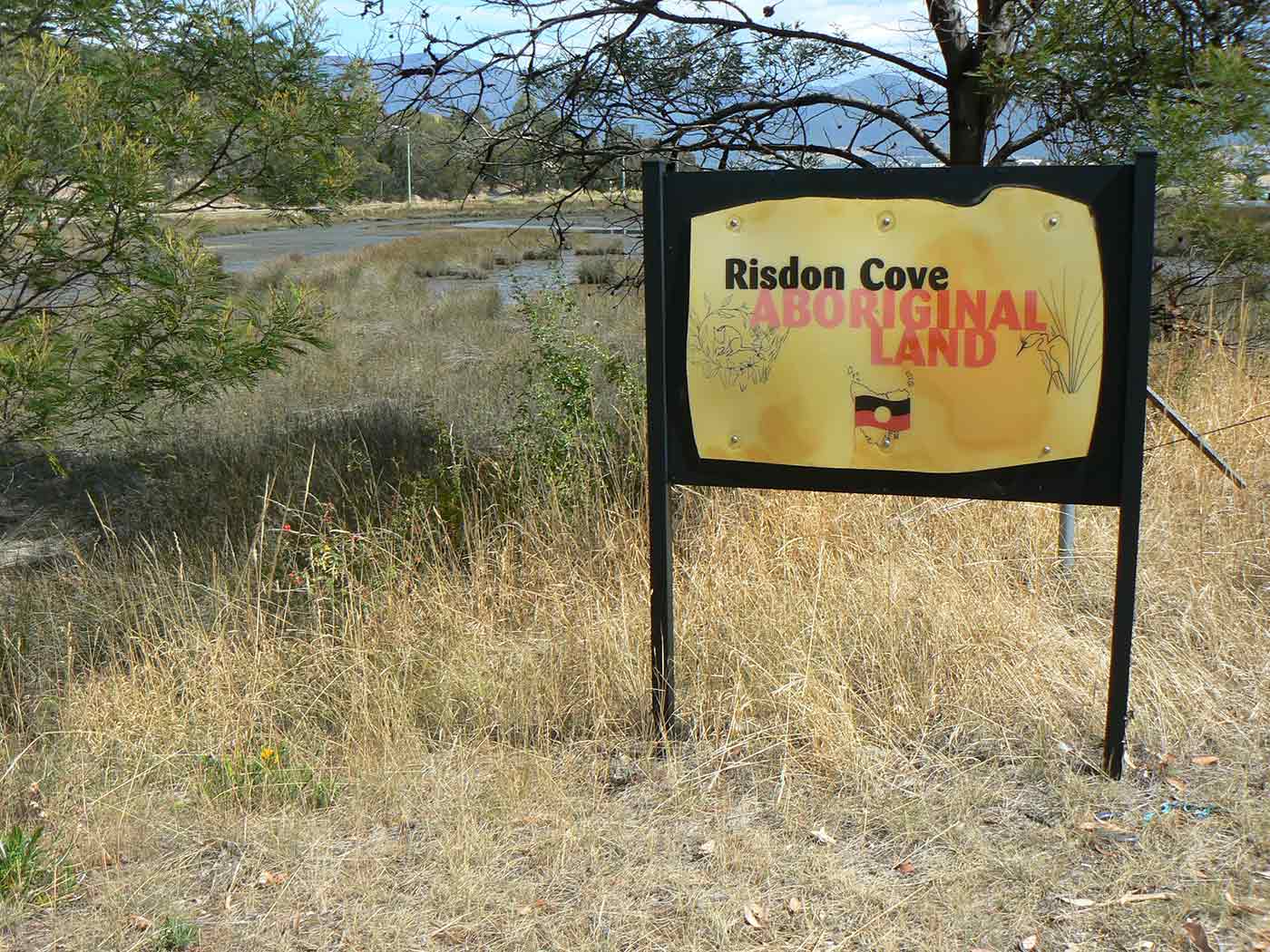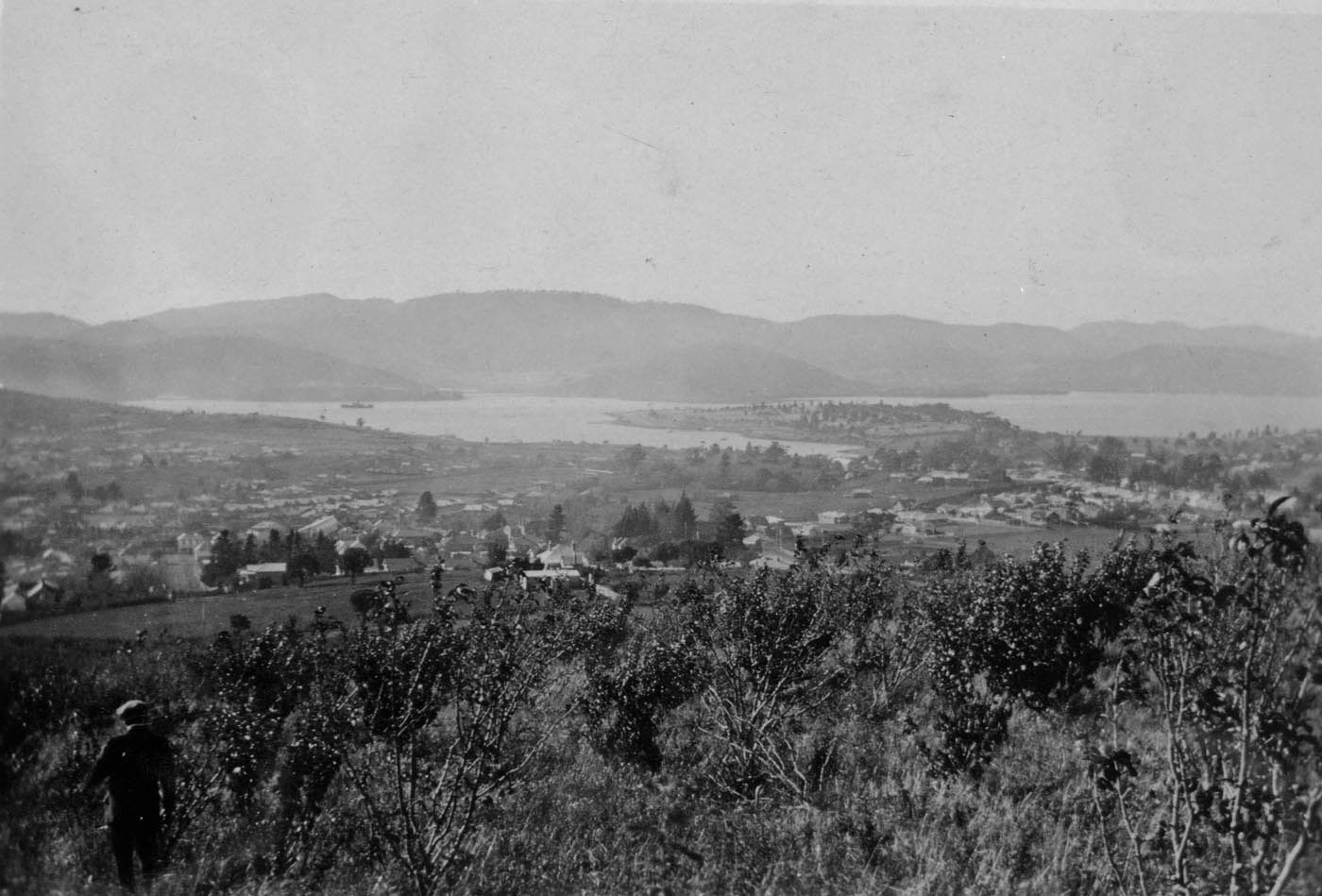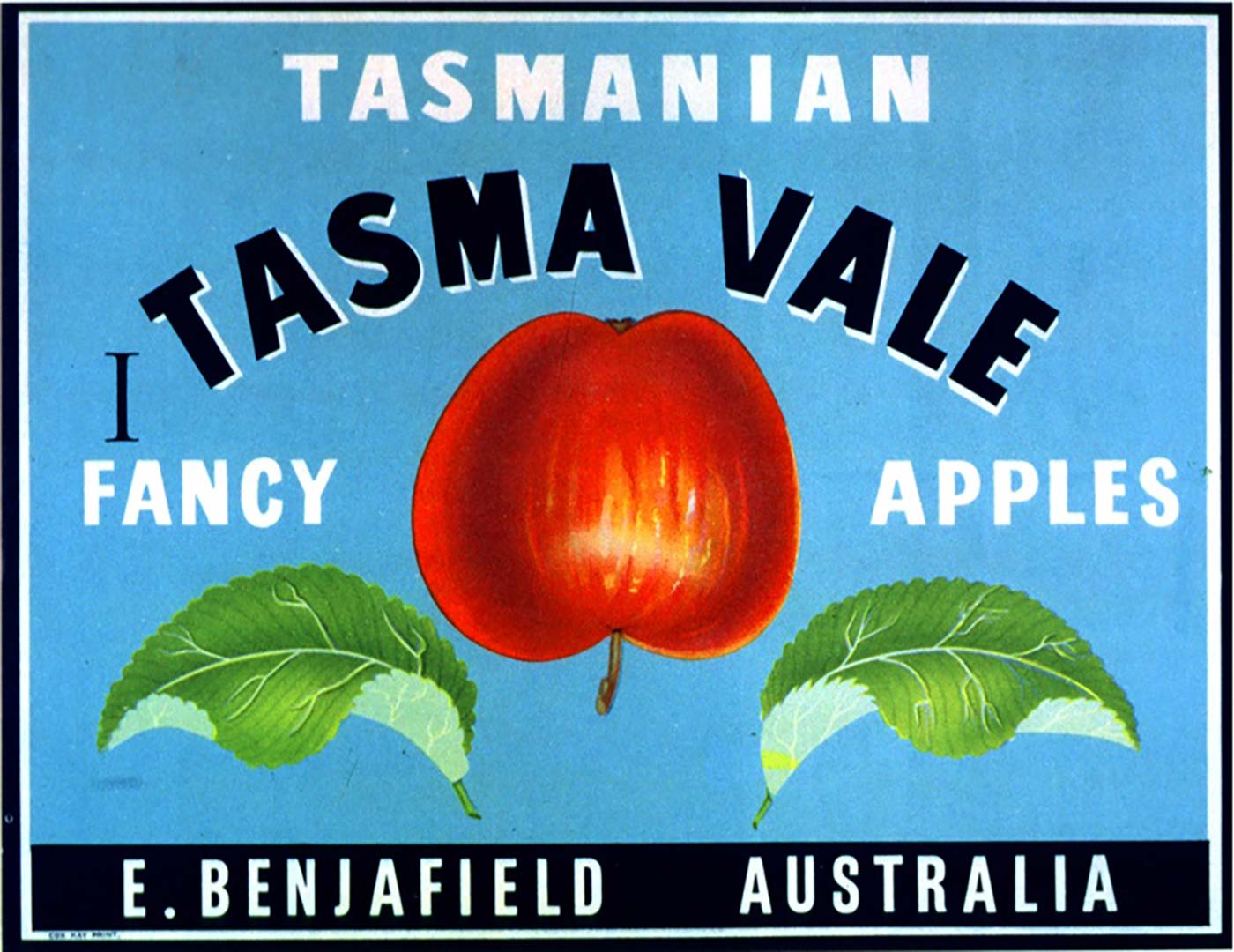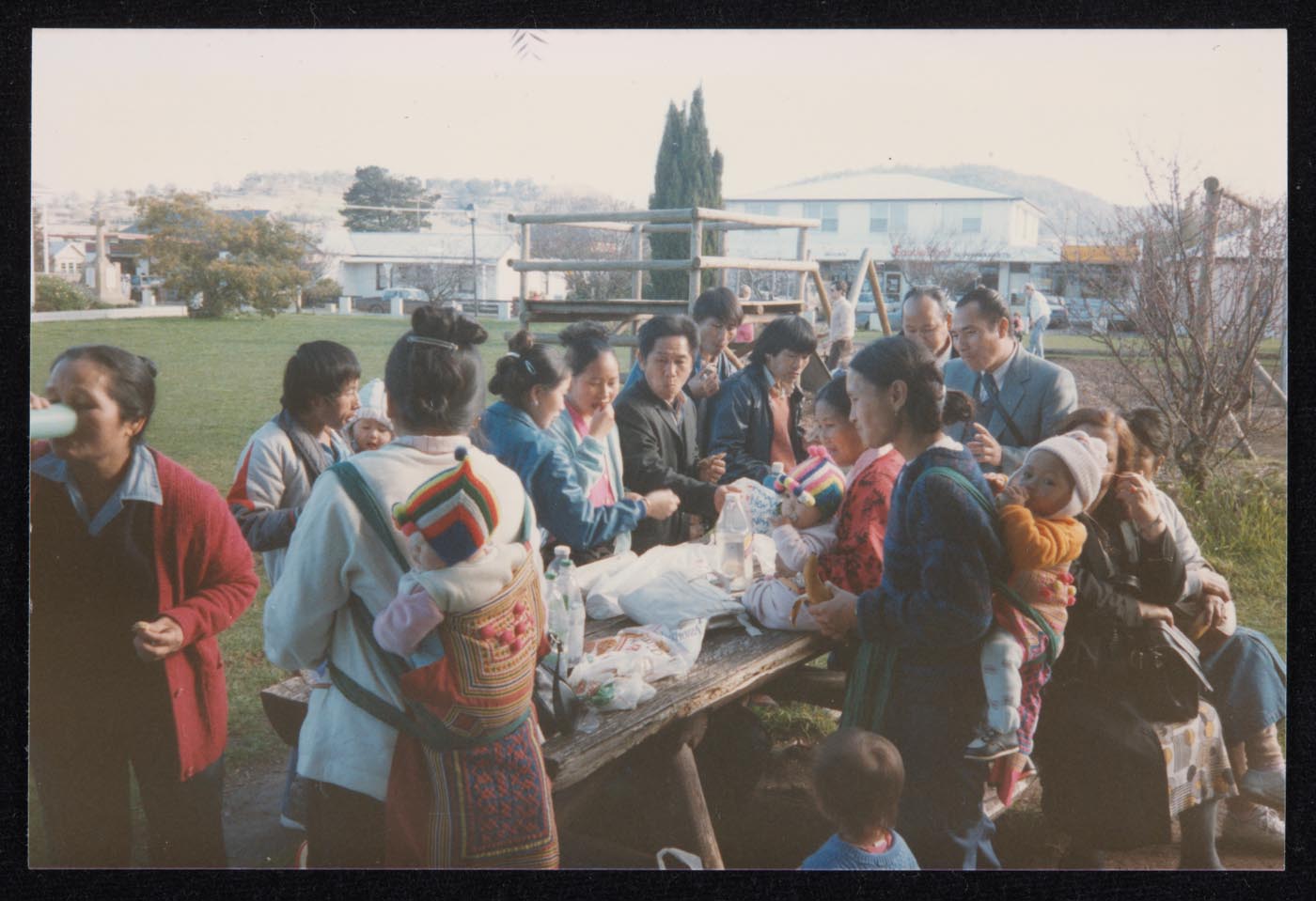Moonah is a residential and industrial suburb, north of central Hobart, in Tasmania. It is part of the traditional territory of the Muwinina people. Once the site of extensive orchards, Moonah began attracting migrant families in the second half of the 20th century, with its affordable housing, factory work and close proximity to central Hobart. A vibrant blend of culinary traditions now defines the local food culture.
Hmong migrants
In 1991 farmers Chai Vang and Por Ye, members of the Hmong community, arrived with their eight children in Australia from a refugee camp in northern Thailand, where they had escaped persecution across the border in Laos.
They settled in Moonah, where hundreds of Hmong people had arrived throughout the 1980s, and their younger children attended Moonah Primary School.
The Hmong are an internationally dispersed ethnic community without a common homeland or country. Since 1975 hundreds of thousands of Hmong people fled the political and economic fallouts of the Indo-Chinese and Laos civil wars and have resettled in countries including the United States, Australia and France.
Chai Vang and Por Ye leased a block of land across the river from Moonah, where the couple established a market garden. Each Saturday, Chai Vang and Por Ye drove into central Hobart and sold their produce at the popular Salamanca Market.
The Museum holds a significant collection of traditional tools and other items that relate to the market gardening practices of Chai Vang and Por Ye.
Traditional Hmong tools
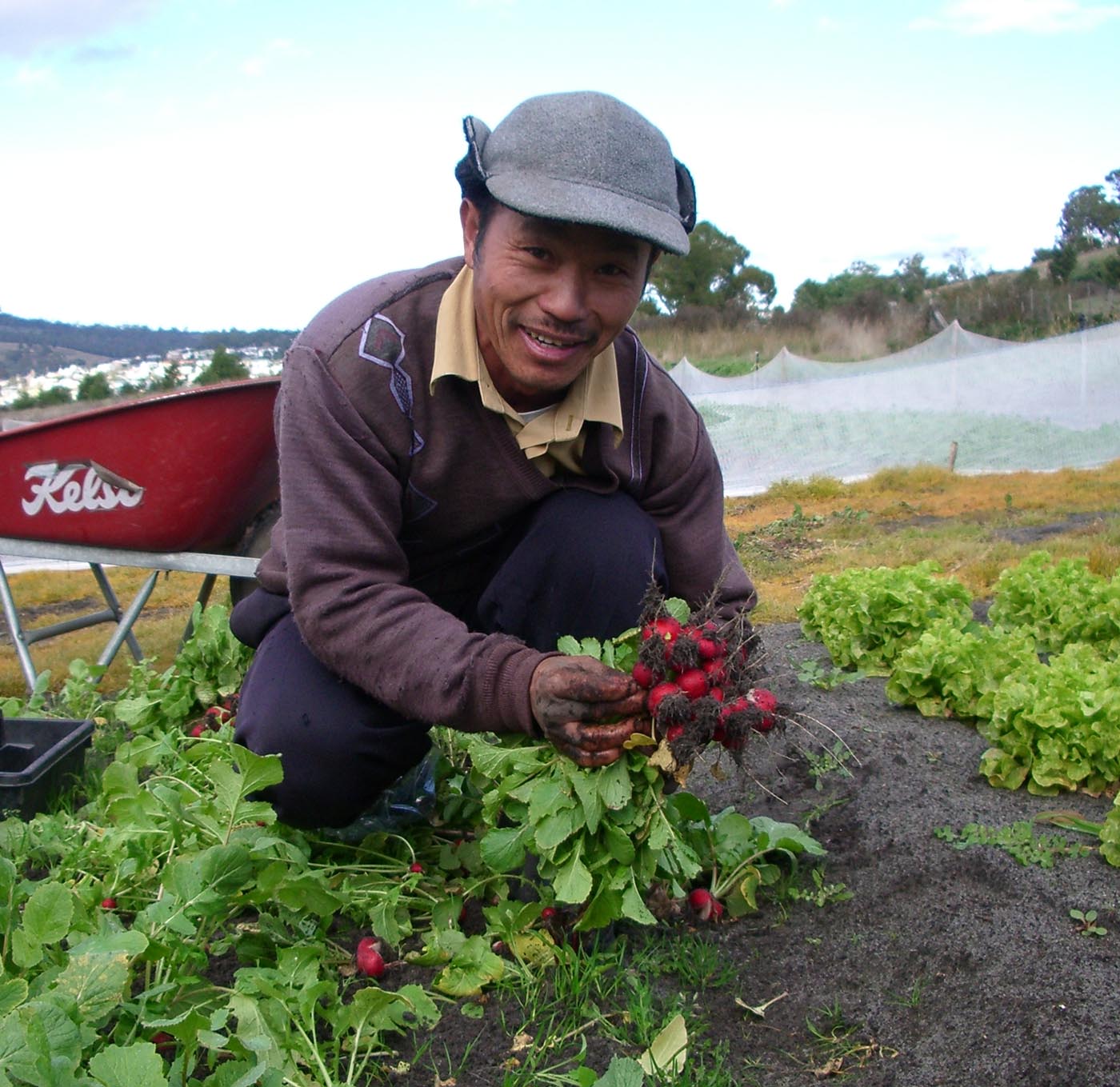
In Laos during the 1970s and 1980s Chai Vang and Por Ye ran a small farm. They grew opium poppies, bananas and rice.
After war drove the family to Thailand and then Australia. Chai Vang and Por Ye produced bok choy, lettuce, silver beet, parsley, radishes, tomatoes, spring onions, carrots and other vegetables in their Hobart garden.
Most Hmong families lived at Moonah and adjacent suburbs, where rent was cheap and the large backyards allowed for big vegetable gardens.
Today Moonah is a favoured suburb for migrants arriving from Nepal, Bhutan, Burma and Afghanistan.
In November 2013 Moonah Primary School hosted a multicultural feast, to celebrate the rich and varied food traditions of the suburb.
Shellfish and orchards
Risdon Cove lies on the Derwent River, opposite Moonah, at the end of valley where Chai Vang and Por Ye ran their market garden. Since 1999 the Tasmanian Aboriginal community has owned and managed the cove, and about 100 hectares of surrounding land.
Deep middens of shells, bones and charcoal along the banks of the Derwent River record the cooking and consumption of many meals, and the long habitation of the Moomairremener, Muwinina and other Aboriginal clans.
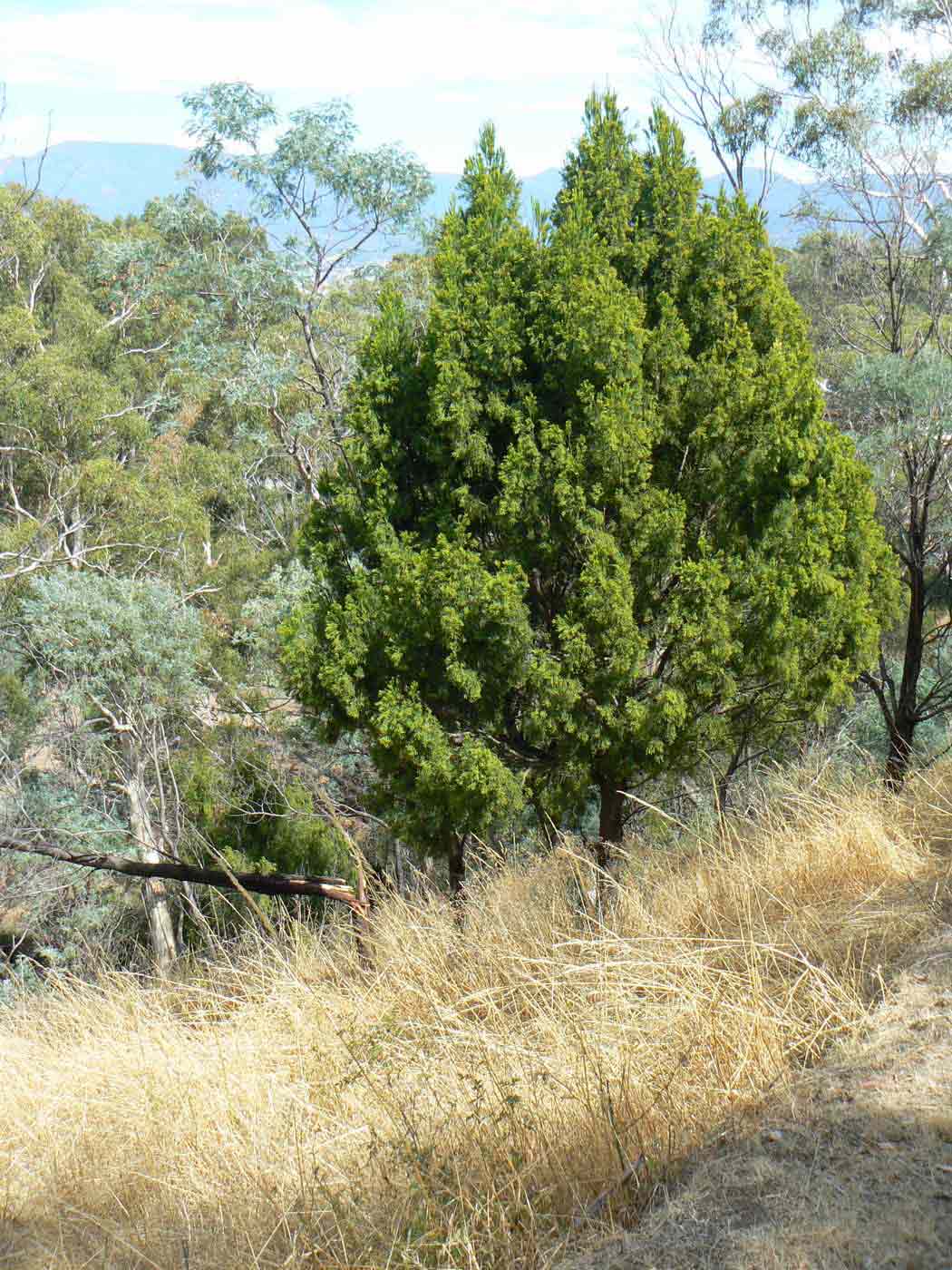
Native species replaced
When British colonists began establishing farms at Risdon Cove, conflict soon erupted.
In May 1804 a group of about 300 Aboriginal men, women and children appeared at Risdon Cove, hunting a mob of kangaroos.
An argument erupted over a kangaroo shot by a servant, before the military commandant in charge of the settlement, Lieutenant William Moore, ordered the shooting of muskets and the firing of cannons filled with broken bottles and iron shards.
The deadly attack provoked a reprisal a few days later, when Aborigines used stones and clubs to chase away settlers collecting oysters from the riverbank.
Across the hillsides of Moonah in the 19th century, British settlers replaced bush food plants once harvested by the local Muwinina and other Aboriginal people, like the native cherry and native currant, with imported species.
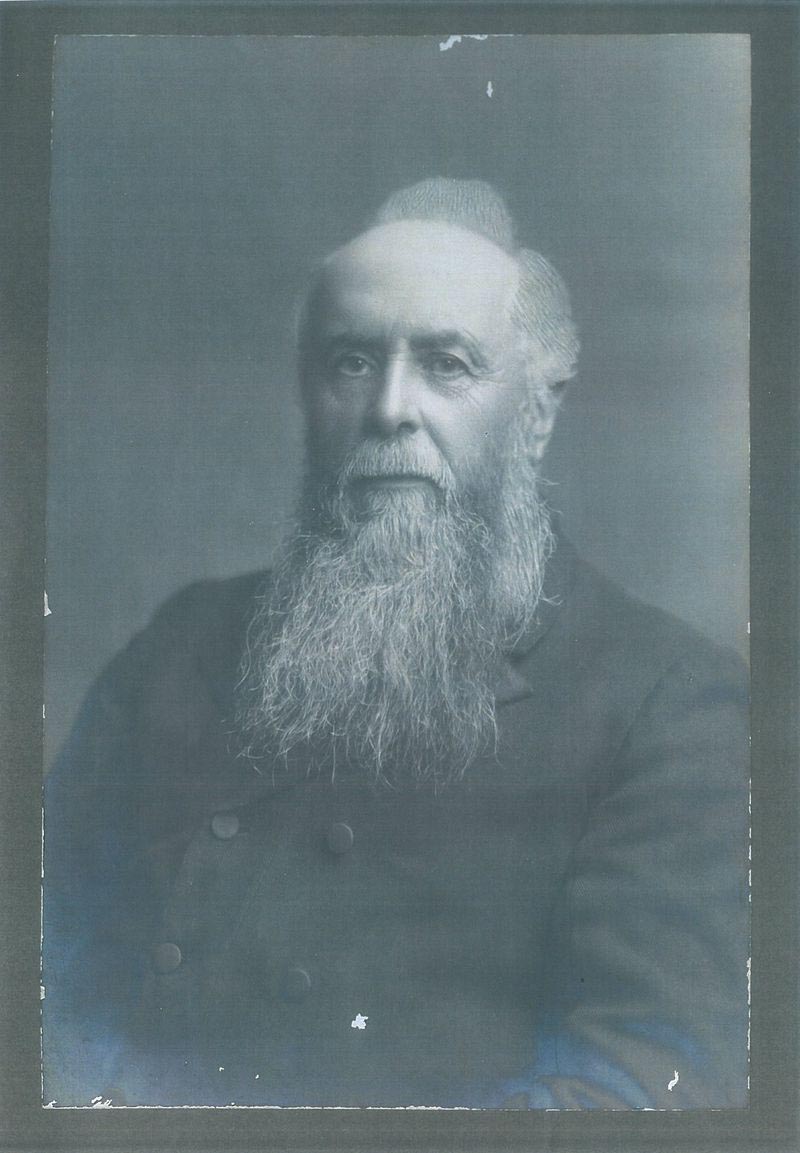
Imported species thrive
By 1900 the Moonah area had more land devoted to orchards than any other part of Tasmania. In springtime, the blossoms of peaches, apples, pears, apricots and plums coloured the slopes beneath Mount Wellington.
Dr Harry Benjafield, who settled in Hobart in 1873, had extensive pear and apple orchards at Moonah, and was a pioneer of the Tasmanian fruit industry.
Benjafield opened a store to sell fruit and vegetables cheaply to the people of Hobart. He believed passionately in the benefits of healthy eating:
Apples, pears, and other fruits are just lumps of sunshine — creatures of the sun — with beautiful sun-painted cheeks, and crammed full of luscious juice, nectar fit for the gods, which contains some essence which is nearer akin to the life in our blood than is anything else I know.
Benjafield Park
At Moonah, Benjafield built substantial cool rooms to store fruit, and he pioneered the export of pears and other produce to Britain.
King George V and his guests enjoyed pears harvested from the Benjafield orchards at a sumptuous banquet following his coronation in 1910.
Benjafield Park in Moonah is named after Dr Harry Benjafield. During the 1990s, when hundreds of Hmong people lived in the area, they often gathered at Benjafield Park for lunches and traditional celebrations.
Since 2011 the Taste of the World Festival in Benjafield Park has allowed the people of Hobart to sample the variety of cuisines and cultures present in the Moonah area.
In our collection
Moonah Primary School
Moonah Primary School is located north of central Hobart. Moonah joined the Stephanie Alexander Kitchen National Program in 2010, and is the demonstration school for Tasmania. The school is proud of its multicultural heritage and has close links with the diverse Moonah community.
In 2015 Moonah Primary embarked on a learning journey that explored the dynamic food culture of the Moonah area, in partnership with the National Museum of Australia in Canberra and the Museum of Old and New Art in Hobart.
References
‘A wonderful crop of pears’, Mercury, Hobart, 29 March 1913, p. 10.
Alison Alexander, The Eastern Shore — A History of Clarence, Clarence City Council, Hobart, 2003.
John Owen, Risdon Cove, 3 May 1804, Macleay Press, Sydney, 2010, p. 32.
John Pascoe Fawkner, Reminiscences of Early Hobart Town, 1804–1810, Banks Society, Malvern, 2009, p. 24.
Lyndall Ryan, Tasmanian Aborigines: A History since 1803, Allen & Unwin, Sydney, p. 49.
Ian Terry, Glenorchy Heritage Study, Glenorchy City Council, Hobart, 1994.
Explore more Food Stories places and objects
